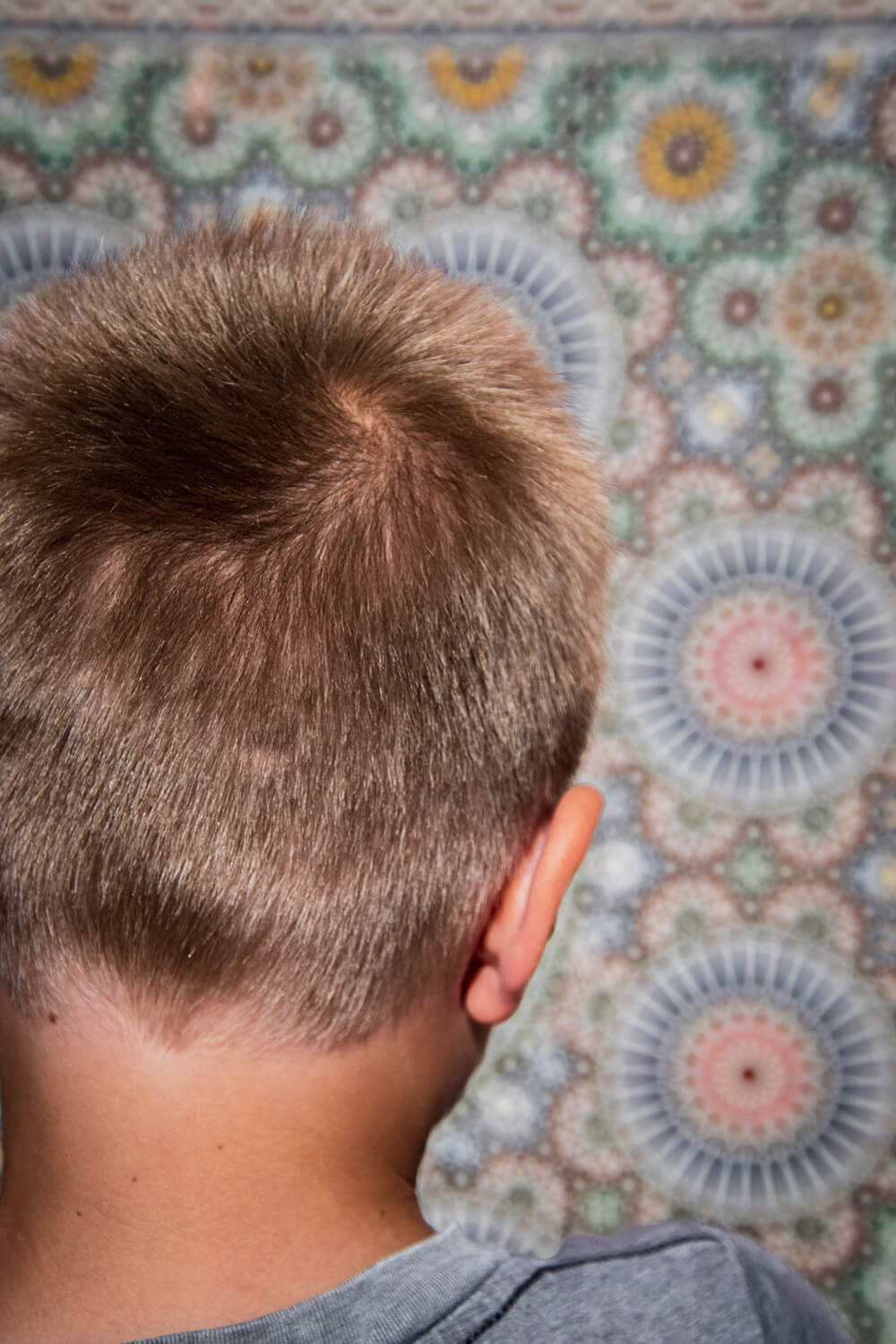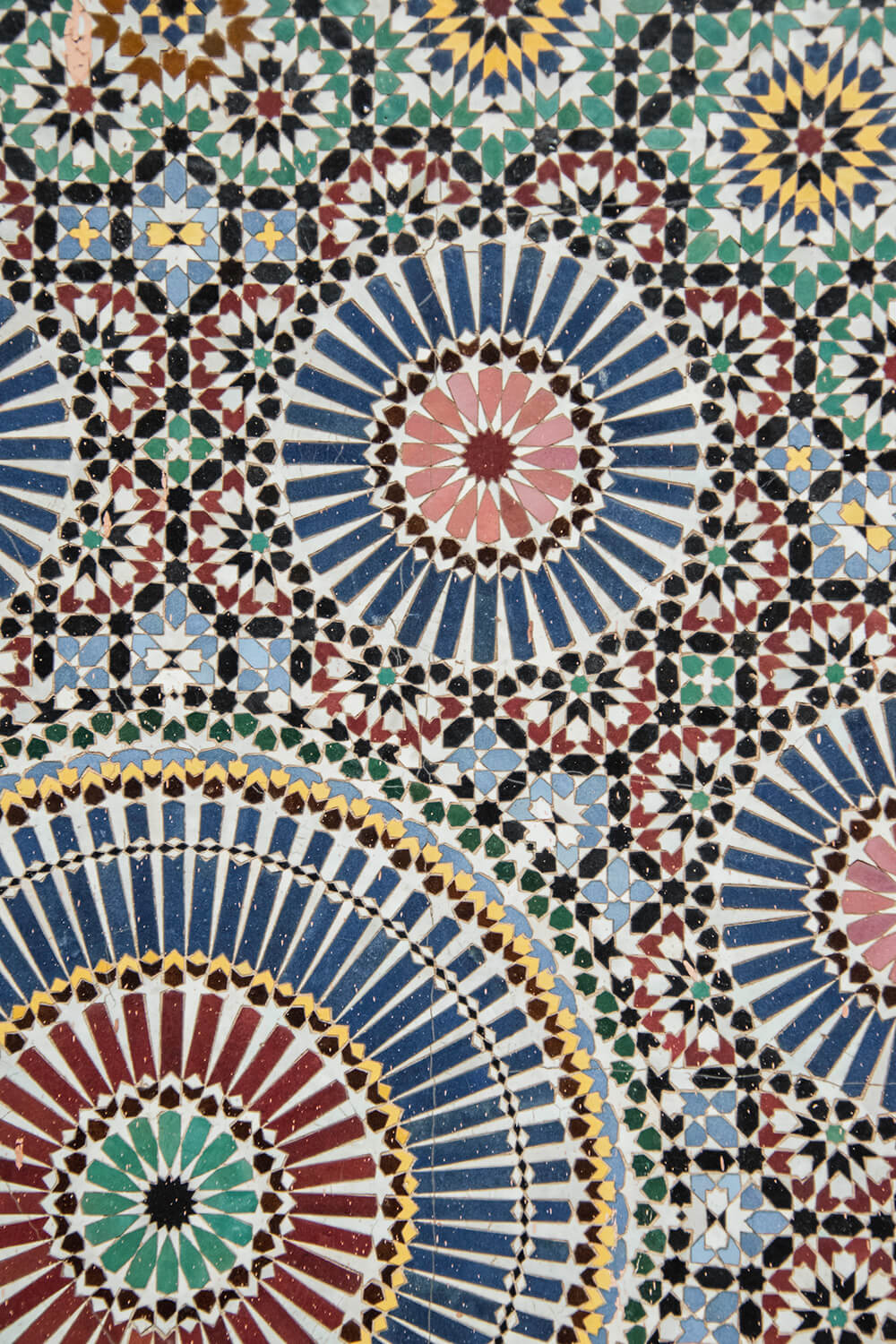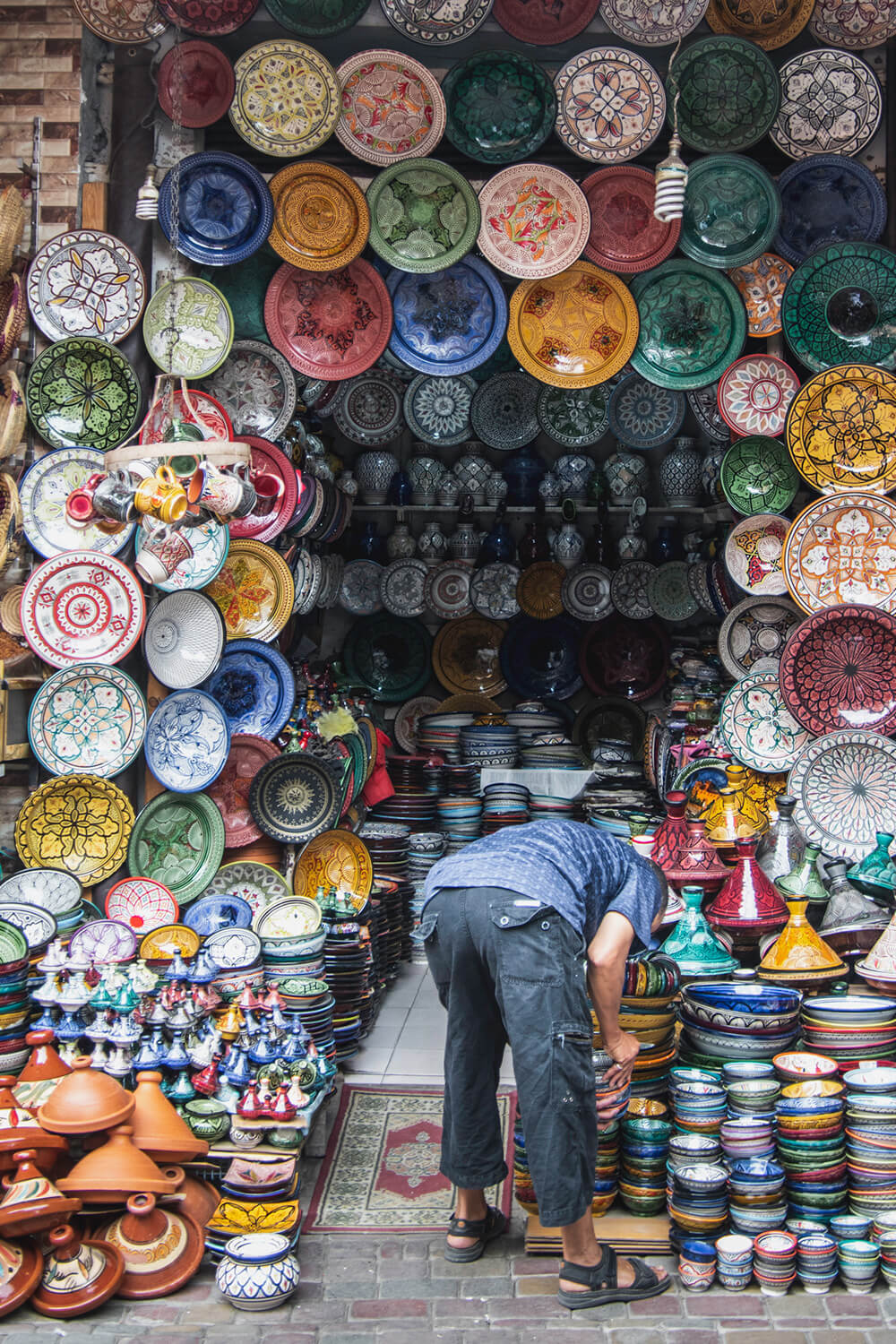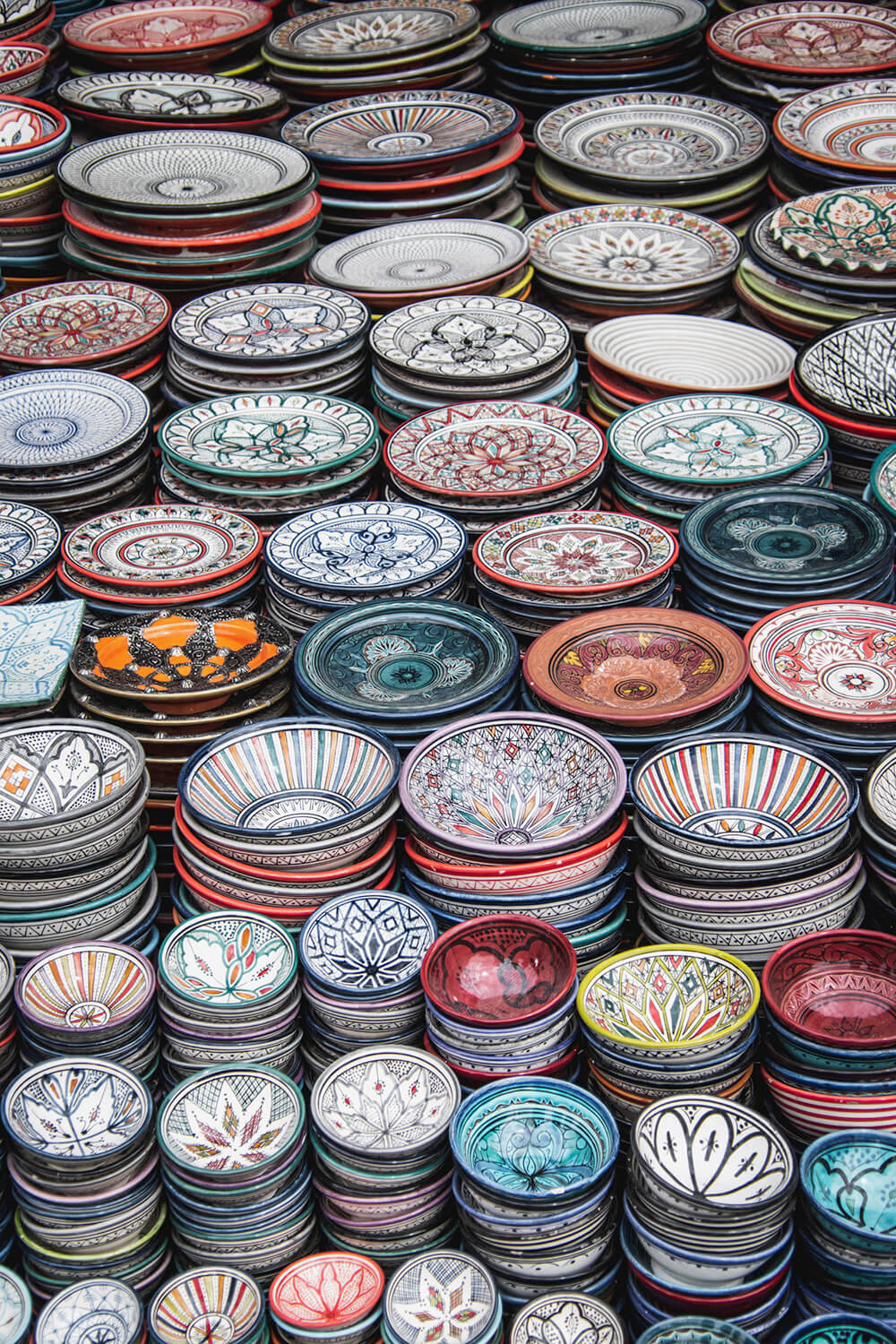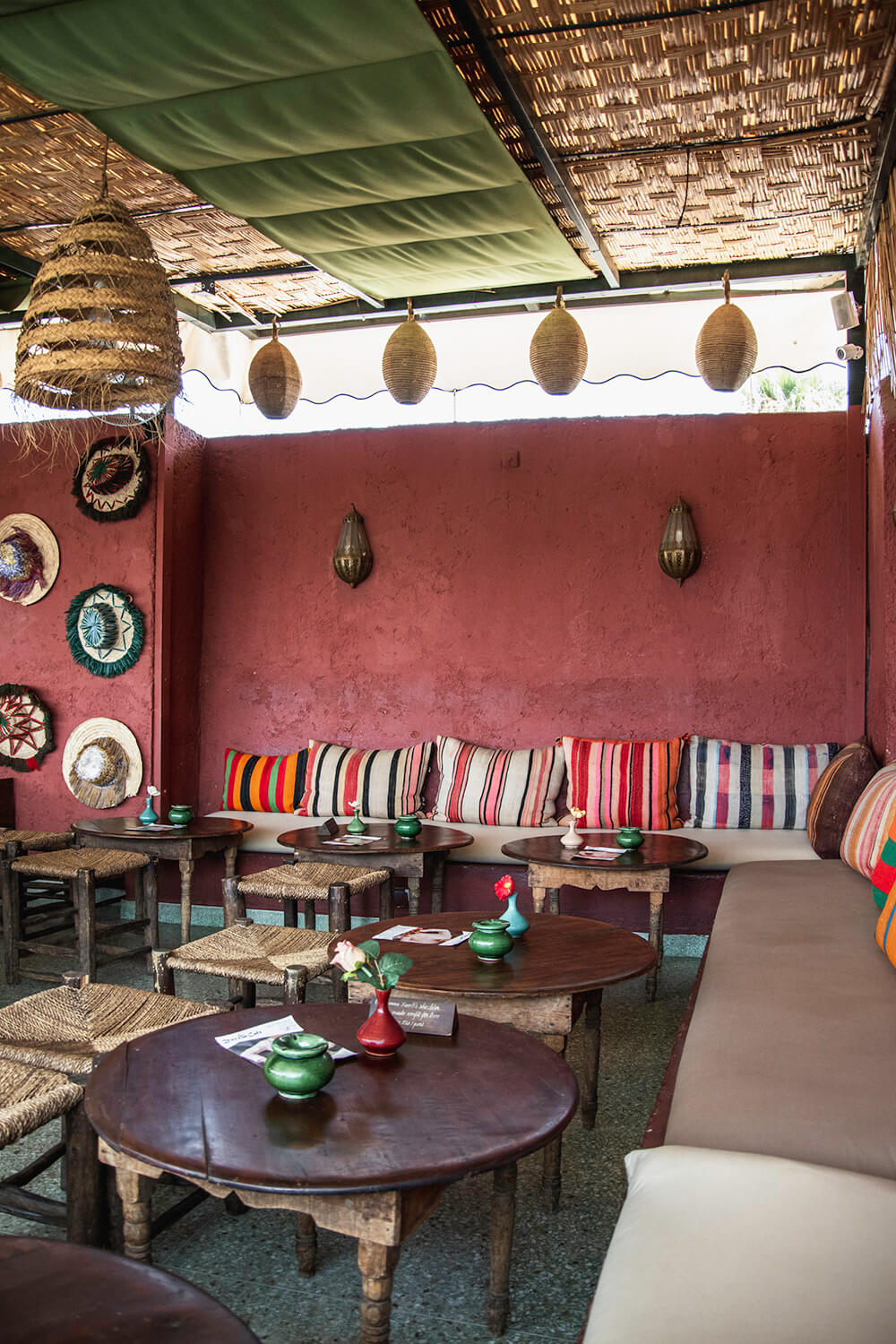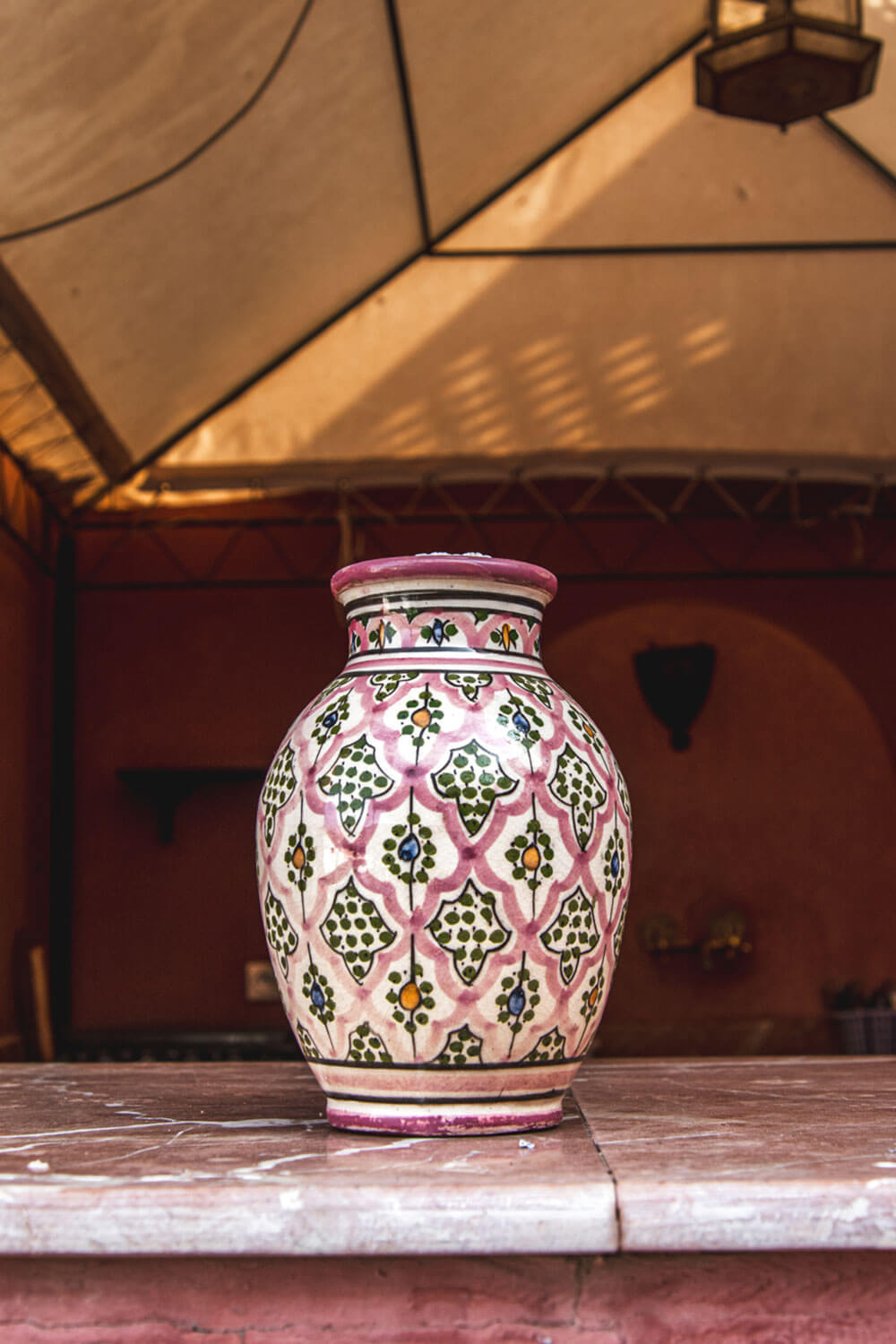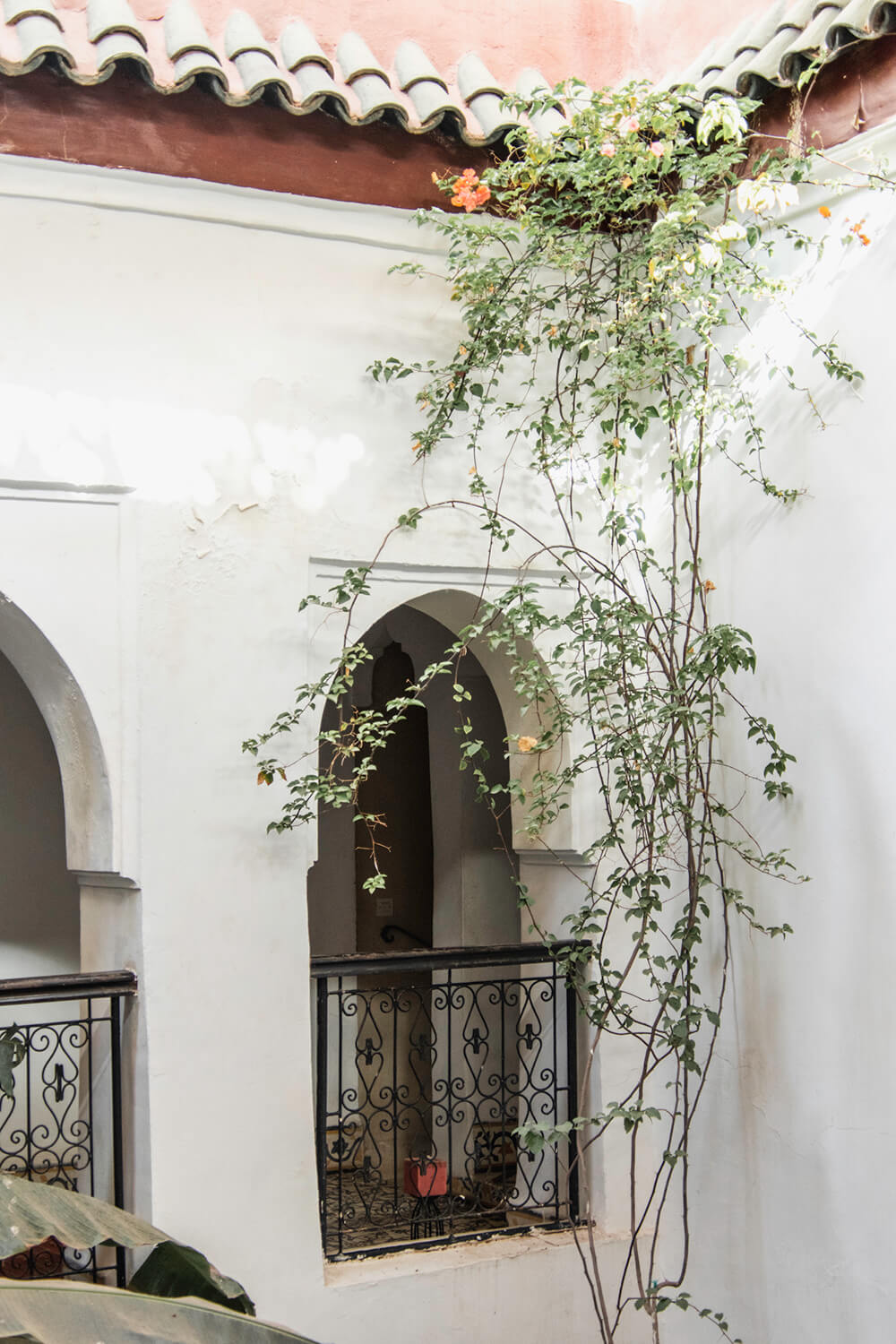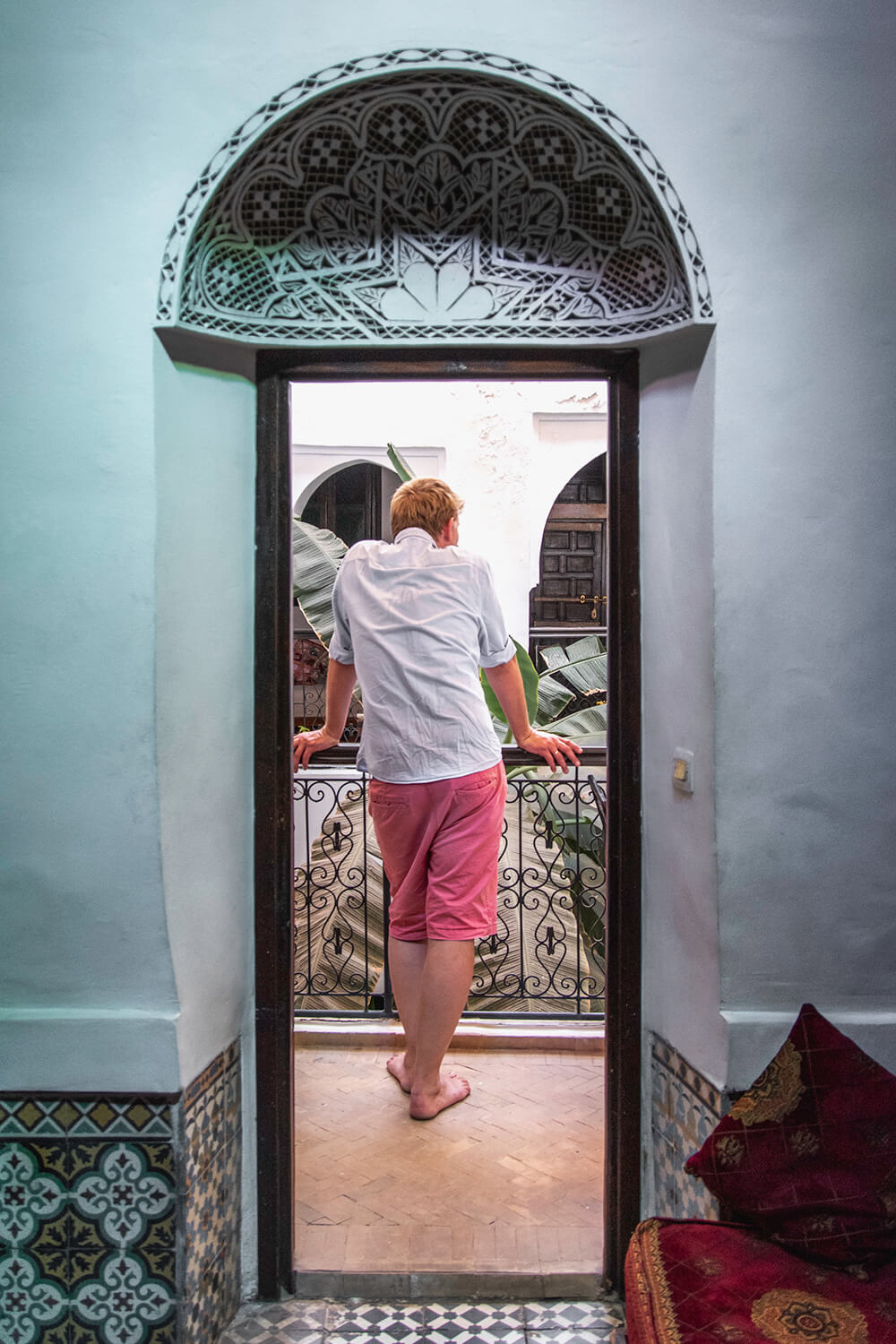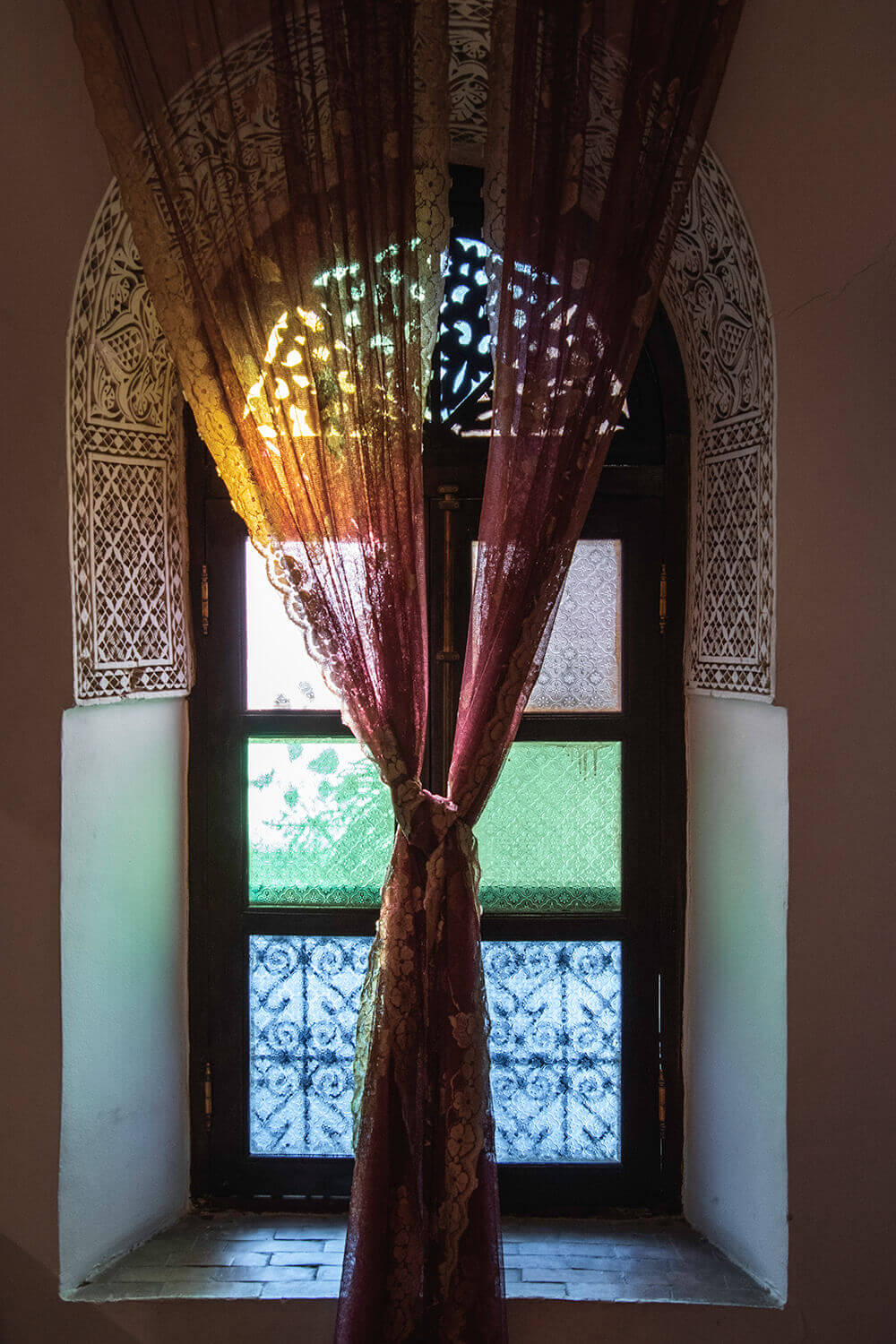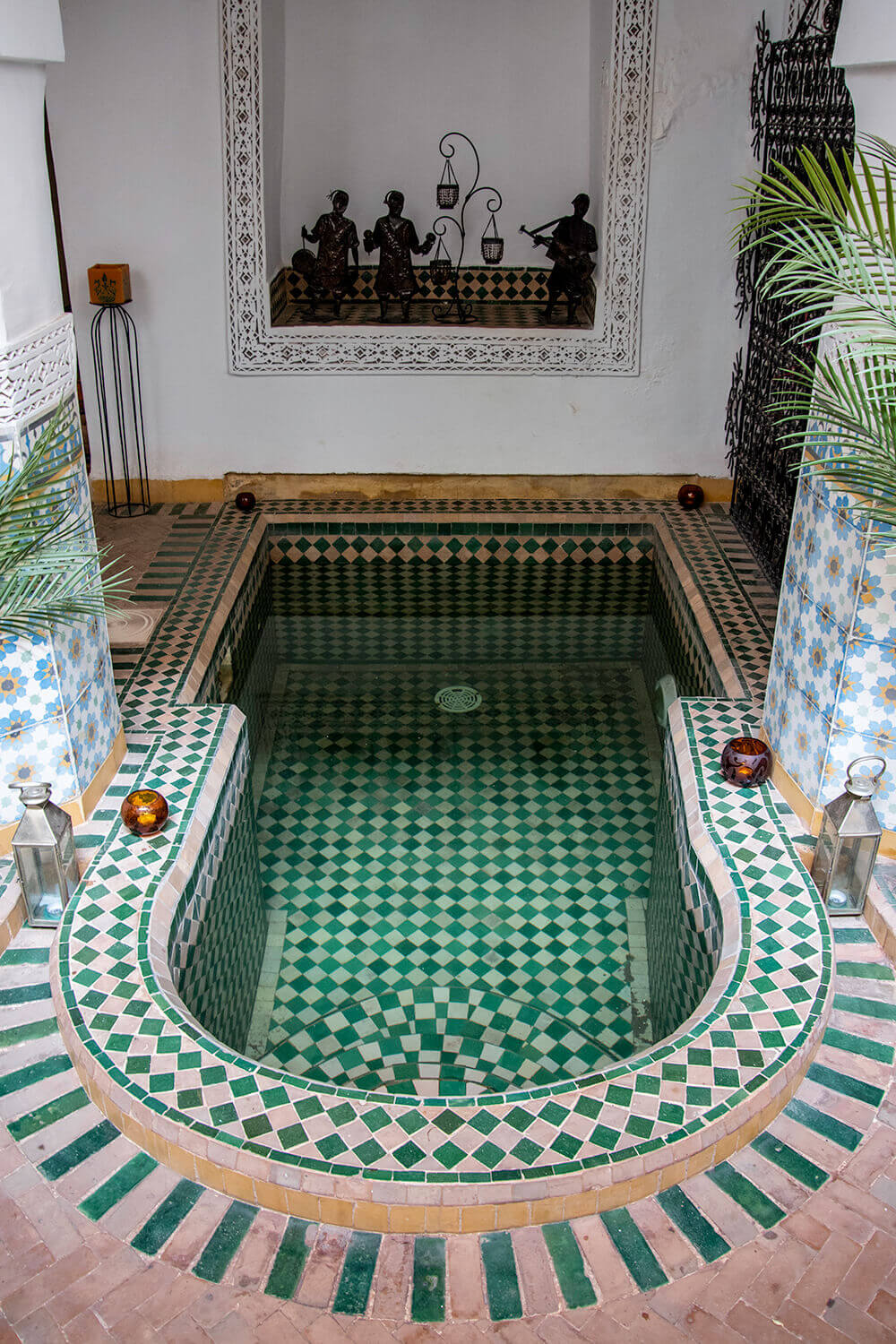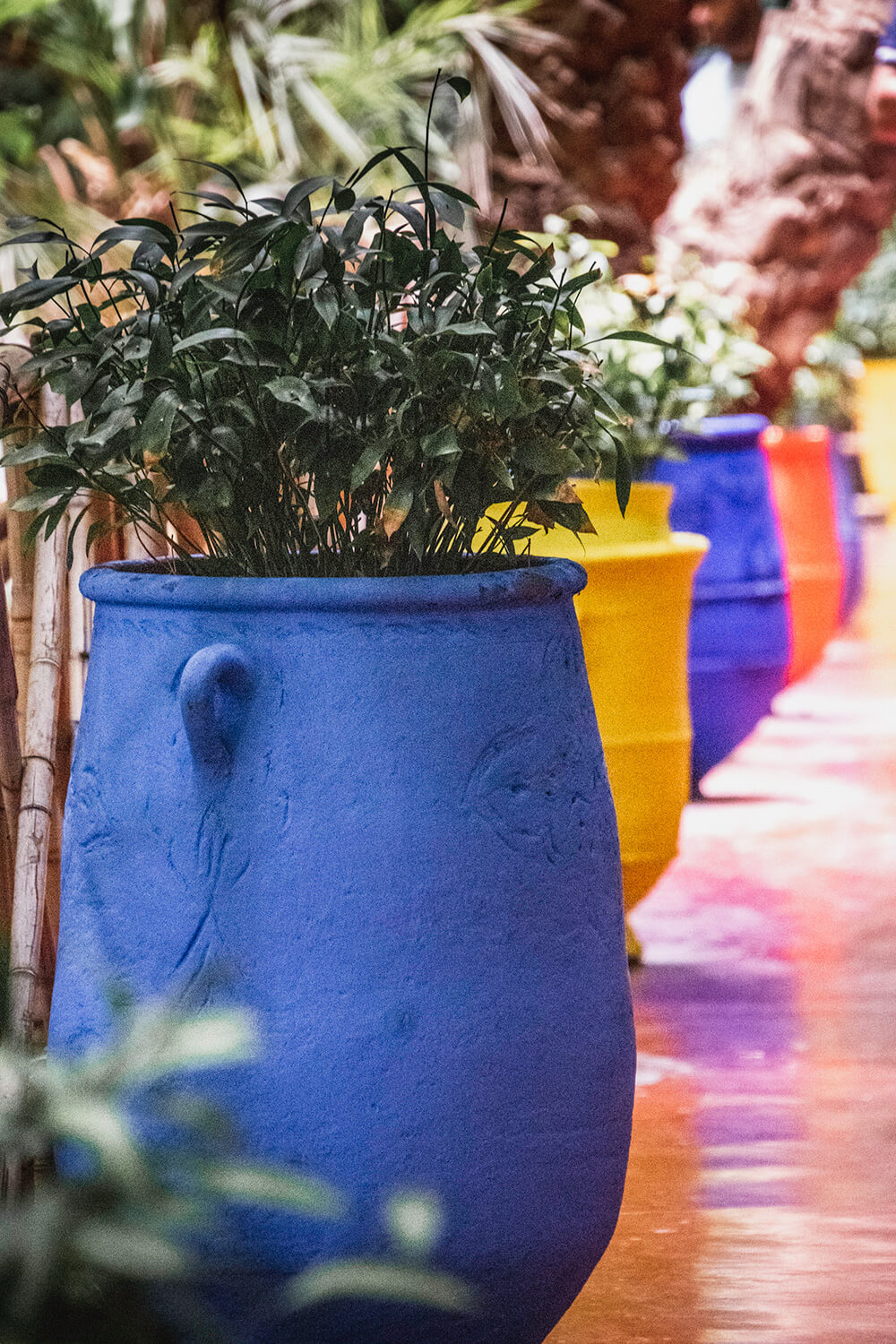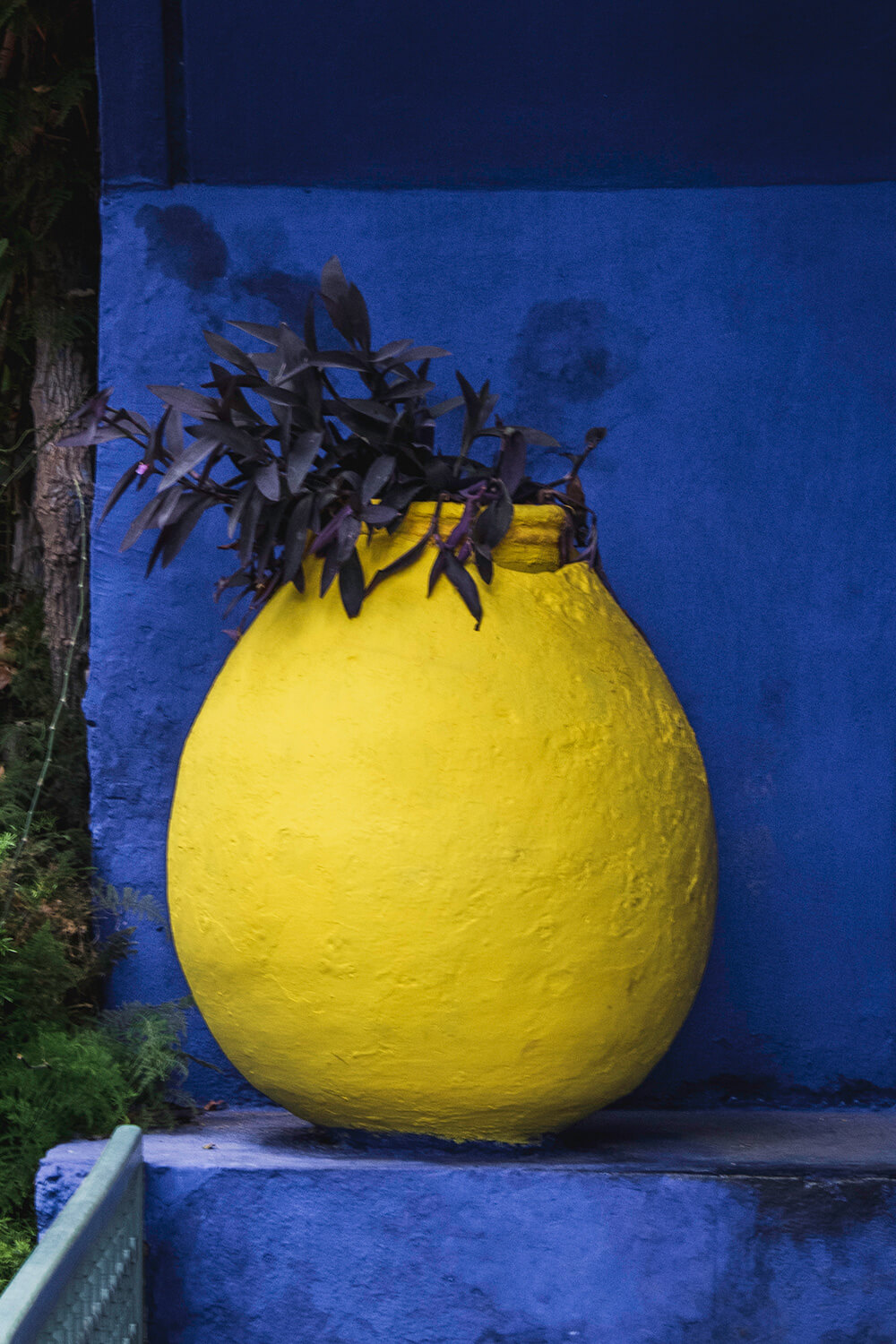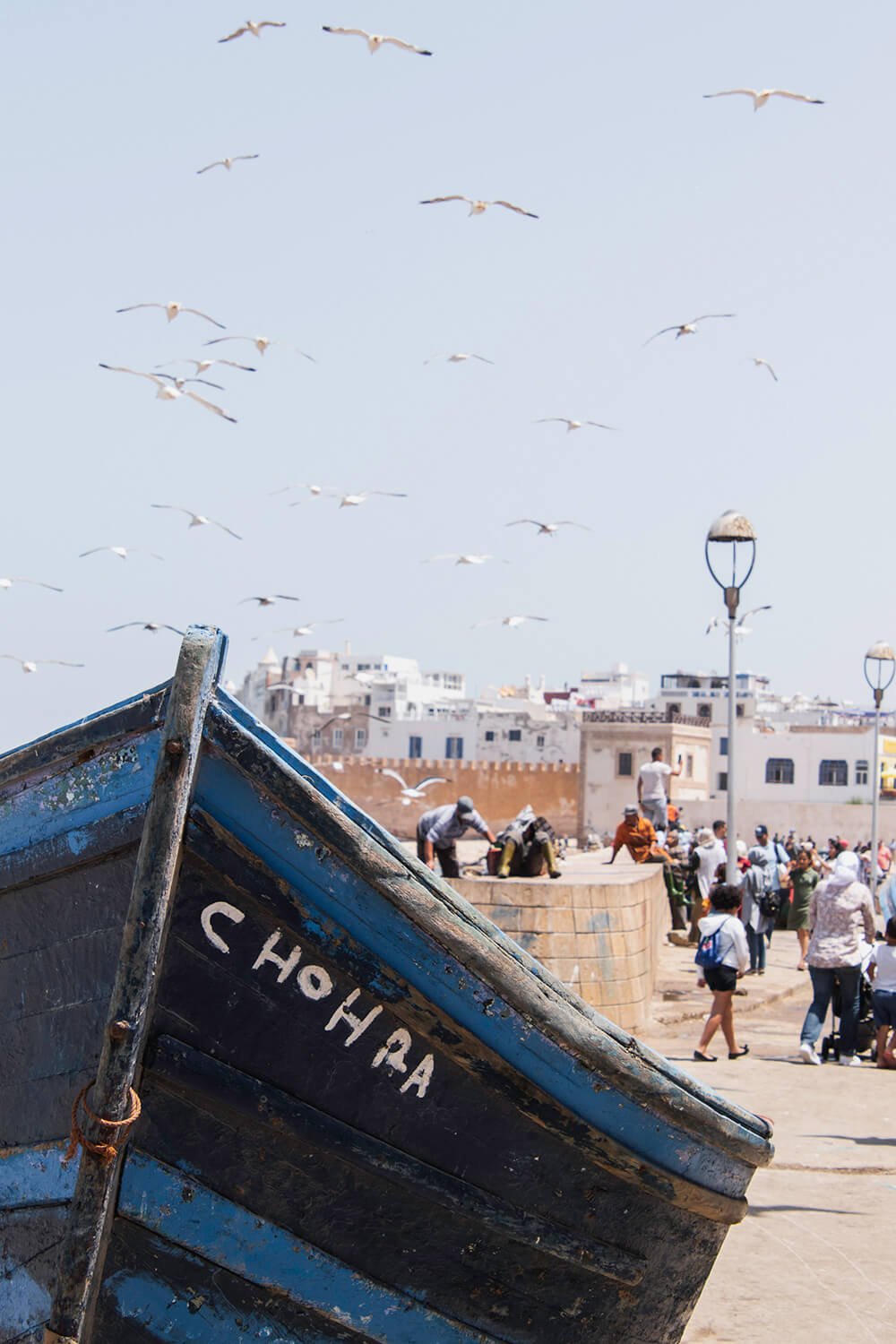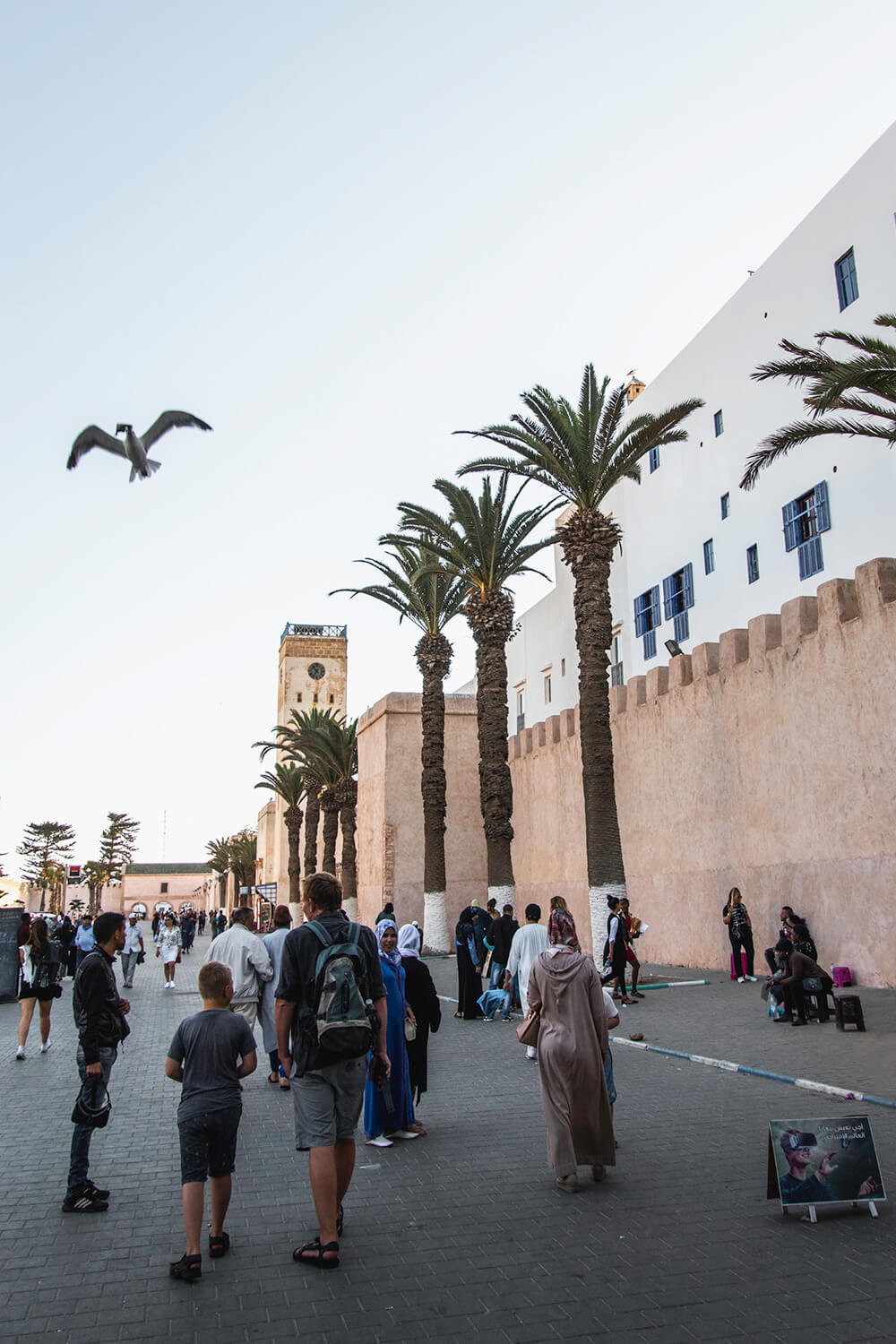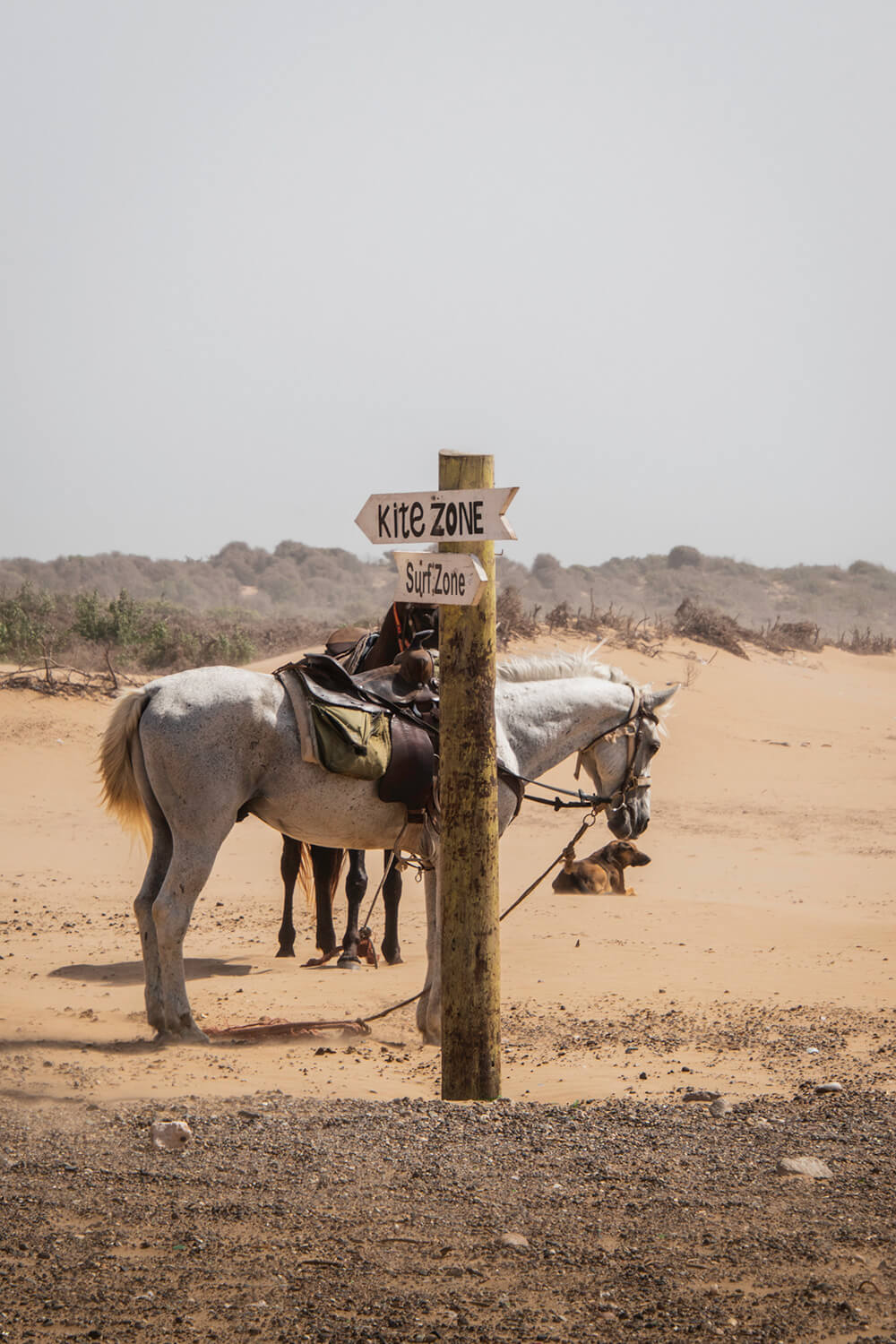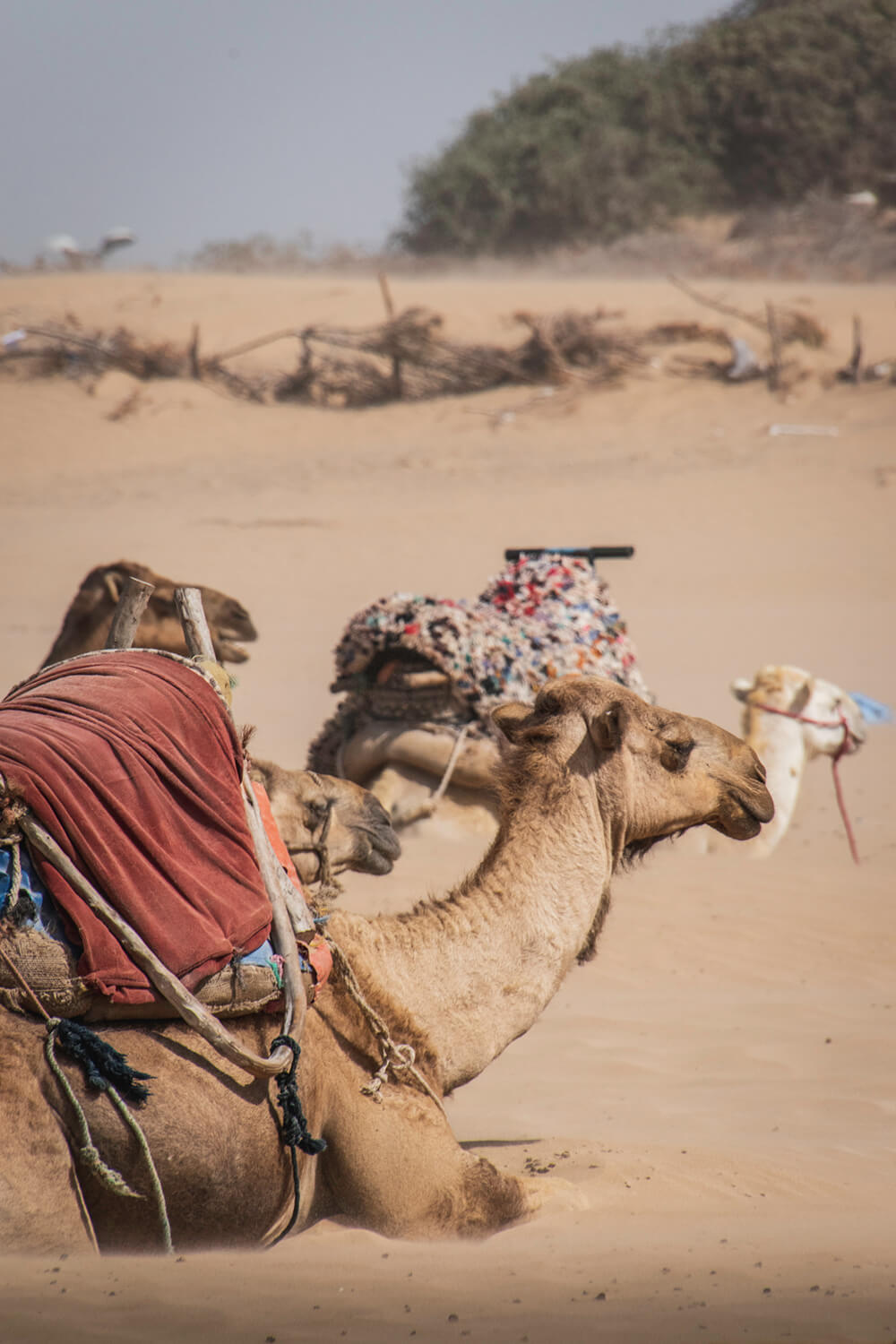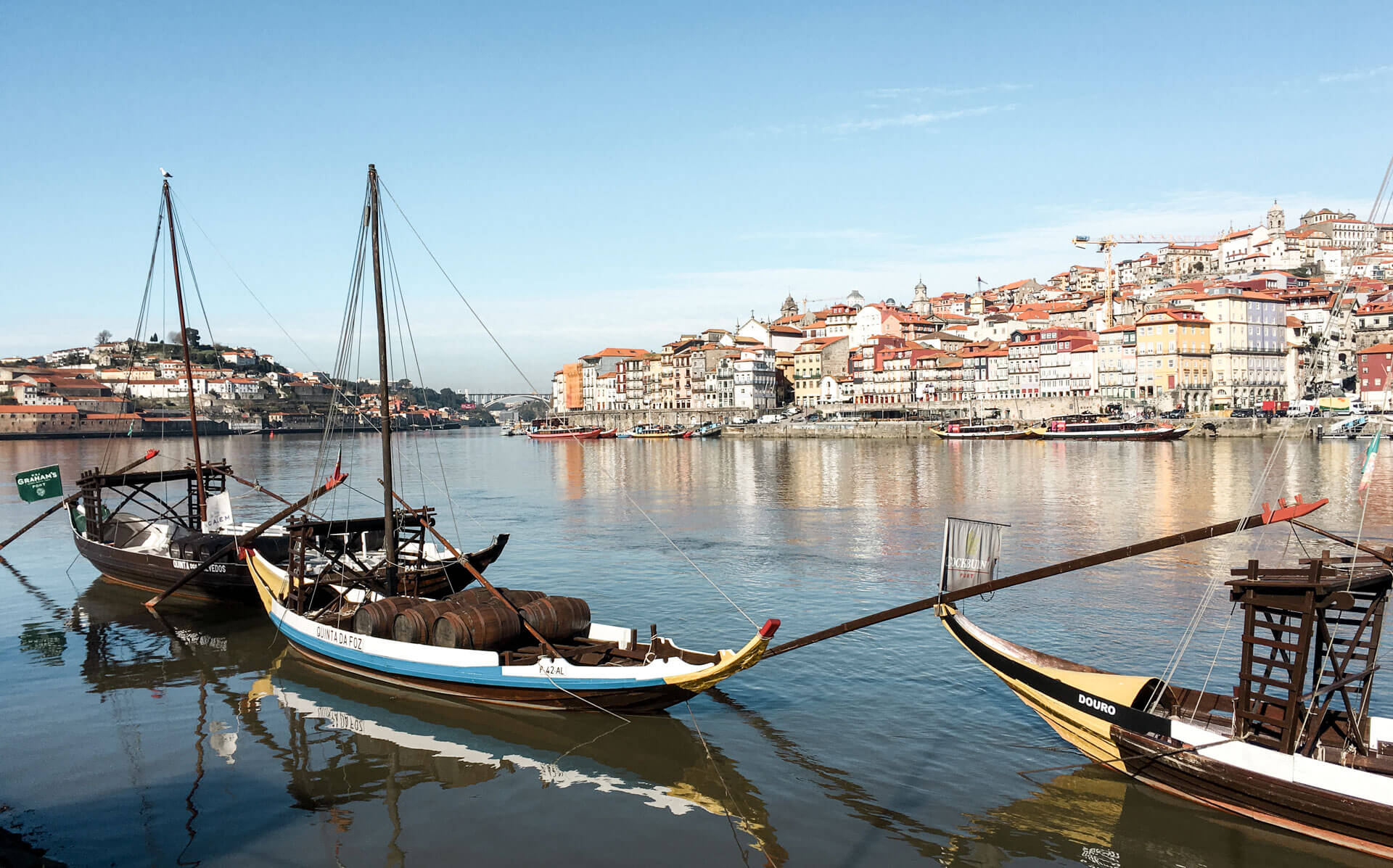It’s almost hard to believe… but just beyond Europe’s southern border lies a vast, colorful, diverse, and enchanting country. Dressed in terracotta red, indigo, and colors we rarely experience at home, we found ourselves in the warm embrace of Morocco this summer.
We didn’t just feel the hot wind from the Sahara – we also felt the warmth in the eyes and kindness of the Moroccan people. Our journey was filled with countless adventures, and here are 14 of them that you, too, can experience! Welcome to One Thousand and One Nights.
For a long time, we had dreamed of visiting Morocco – to see the country, meet its people, explore its markets, and most of all, feel the pulse of Africa beating in this small corner, west of the Sahara and south of Spain and Portugal.
This year, we finally made the trip. Only for seven days, but with adventures that made it feel like fourteen. We landed right in the heart of Marrakech, a city with the wildest pulse in the medina and the quietest tranquility when we retreated behind the walls of our riad, resting after a day full of discoveries.
Our journey also took us from the warm terracotta city by bus to the white coastal town of Essaouira – a place of a thousand seagulls and gentle winds. It was a journey that revealed the contrast between the bustling heat of the inland city and the fresh yet mild air of Essaouira, a historic fishing town that, with the ocean as its neighbor, has long sent cultural connections out into the world.
Yes, we had many adventures in just a few days. But which experiences would we recommend for those wanting to dive into the magic of One Thousand and One Nights with just seven nights to spare?
We’ve reflected on the adventures that brought us the most joy, and now we’re sharing 14 of them with you!
1. Experience the medinas
We chose to stay right in the heart of the medina, both in Marrakech and Essaouira – and we couldn’t be happier with that decision. This is where you’ll find the old town, surrounded by ancient city walls. Narrow alleyways and winding streets weave together in a labyrinth, interrupted only by buzzing souks (markets), small shops, daily life, fountains, mosques, and palaces.
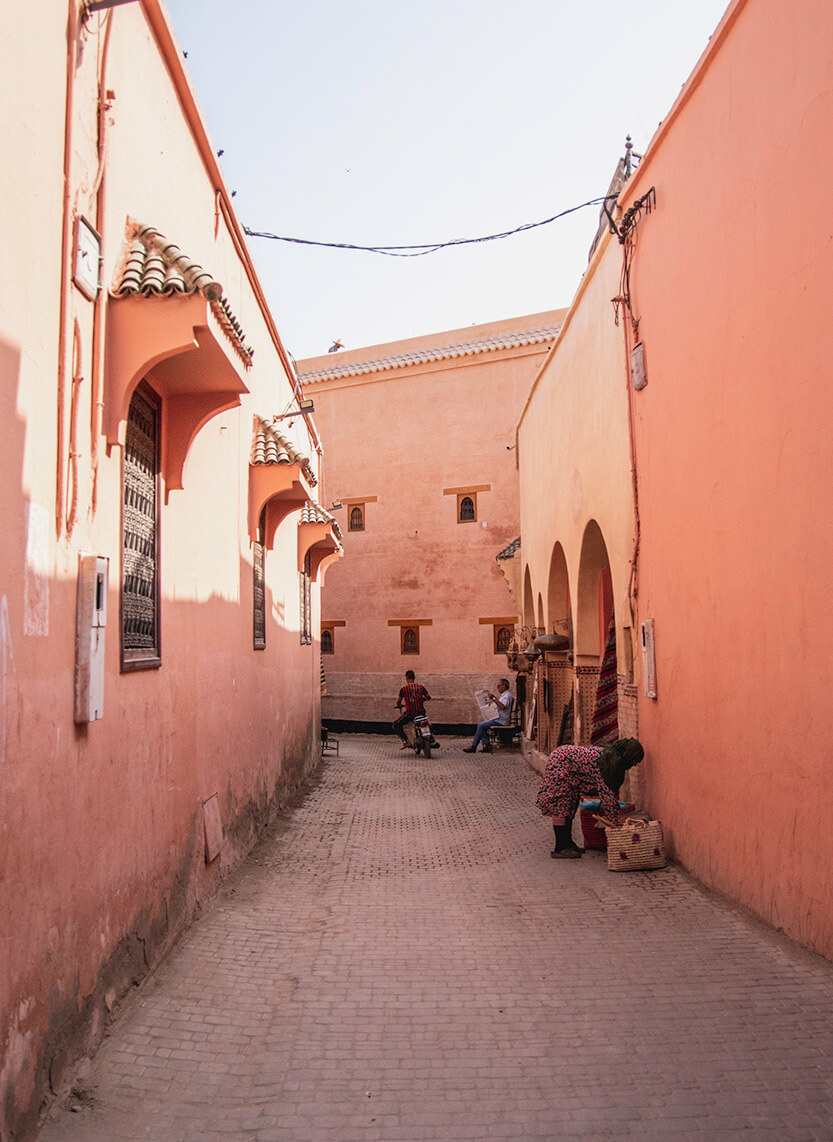
Our riad in Marrakech was nestled deep within the most winding part of the medina. And yet, we always managed to find our way back – again and again. To avoid getting lost, we had to create plenty of visual landmarks to guide us home. We knew, for example, that we had to pass through two city gates, turn left, walk through the spice market, take a left at the small shop, another left at the public toilets (which, we assumed, must be where the market vendors take their breaks during the day – we even had a little conversation about that), then a right, a left, and finally step through the old wooden door into our riad.
The medina is a true melting pot of life, scents, aromas, colors, and, most of all… people going about their daily routines. This is also where you’ll find fascinating rooftop terraces, restaurants, and a variety of museums.
In 1985, the medina of Marrakech was inscribed on the UNESCO World Heritage List due to its wealth of historic buildings and structures from its golden age. Additionally, it is home to several culturally significant sites, including the Ben Youssef Madrasa, which, unfortunately, was under restoration when we tried to visit.
Here we are, standing outside the Musée de Marrakech, completely mesmerized by a breathtaking mosaic artwork.
2. Bargain with market vendors in the souks
In Marrakech, we rarely saw price tags on items at the markets. Shopping was almost always done through negotiation. While some vendors could be quite persistent – even a bit pushy at times – haggling often turned into a fun little sport, a playful exchange between us and the locals. It frequently led to small conversations or shared laughter.
While bargaining was an essential part of the experience in Marrakech, we found the vendors in Essaouira to be much less eager to negotiate. However, prices in Essaouira were often already set – and generally lower than those in Marrakech.
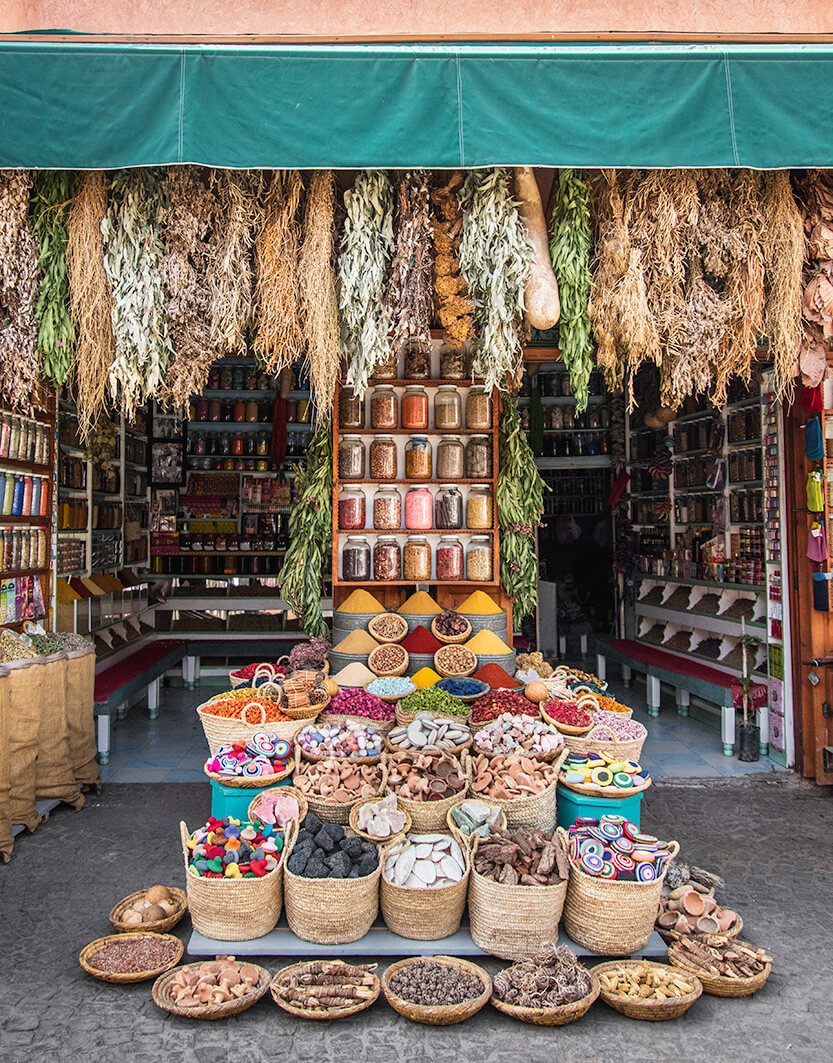
There are almost no limits to the spices you can buy at the markets in Marrakech. Walk up to the stalls, inhale their aromas. The vendors are more than happy to tell you about their spices, let you smell them – and sometimes even taste them.
Everywhere in the souks, you’ll find an overwhelming abundance of bowls, trays, cups, mugs, plates, and tajines (the traditional clay pots used for cooking), all in stunning colors and beautiful patterns. Together, they create mesmerizing displays, much like the intricate mosaic art that you’ll encounter throughout Morocco.
It can be really difficult to choose which bowl, tray, cup, or mug to bring home – there are just so many beautiful options! We decided to bring an extra backpack to make sure we had plenty of space for all the wonderful treasures we wanted to take with us.
And even though we thought we went all in, buying plenty of their stunning crafts, we quickly realized once we unpacked at home that our kitchen and home could have easily accommodated more. But… next time!
3. See it all from a rooftop terrace
Is there anything better than sitting on a rooftop terrace and watching the world from above?
Marrakech is full of life – there are crowds, music, drumming, people calling out to you, inviting you to buy, see, or experience something. It’s a sensory overload at times, and when that happens, there’s nothing more refreshing than retreating to a rooftop terrace to take it all in from a calmer perspective.
Sebastian, in particular, found the intensity of Marrakech’s medina challenging. In the evening, Jemaa el-Fna square comes to life, with people gathering to shop, eat, and experience the energy of the city. Snake charmers play their music, African dancers perform, and the air fills with the deep rhythms of drums. It’s a wonderful, exotic chaos – but for a 10-year-old, it can be overwhelming.
That’s where the rooftop terraces became our refuge. Not only did they offer a break from the sensory whirlwind, but they also provided spectacular views – across the city, the bustling markets, the rooftops of other houses and terraces, and, most importantly, the breathtaking sunsets over the Atlas Mountains.
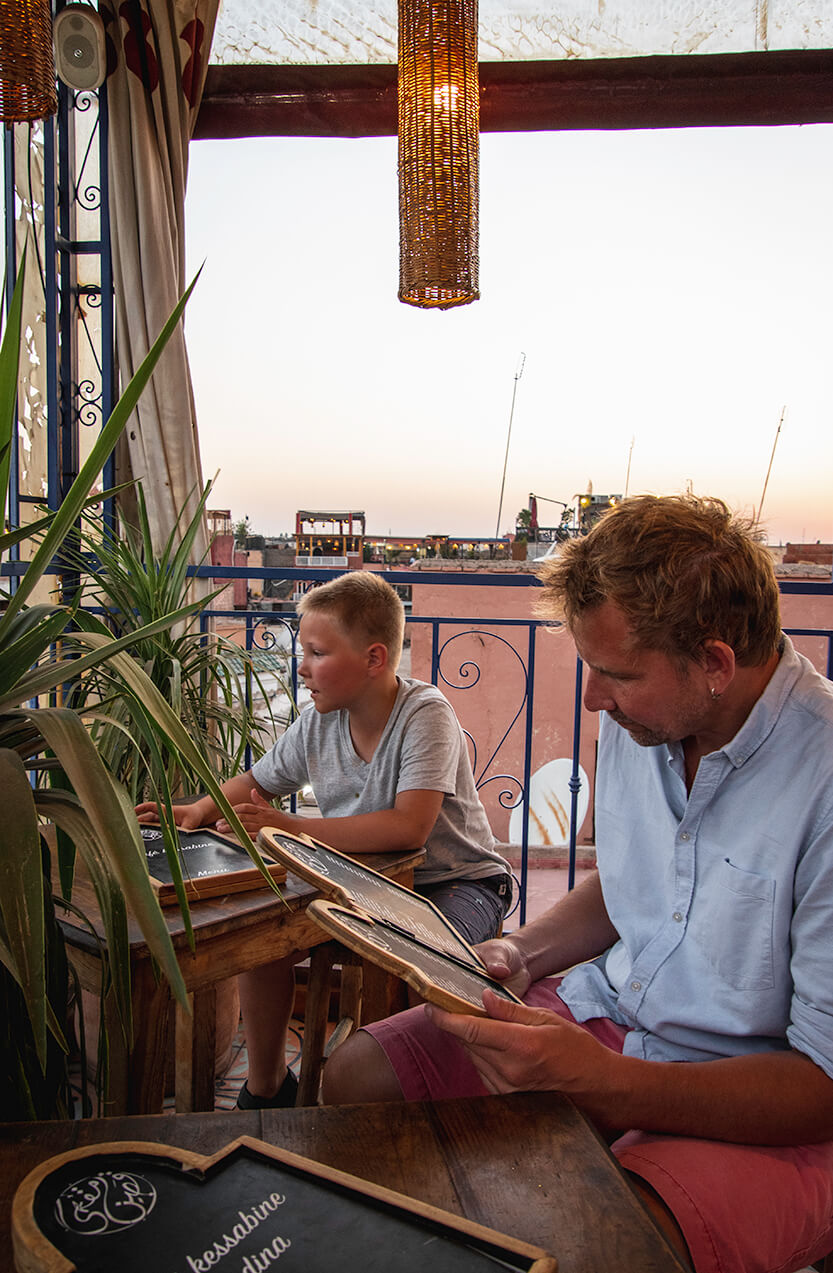
4. Stay in a riad
We chose to stay in riads throughout our entire trip – except for the last night when we opted for a hotel with a large swimming pool for Sebastian.
Riads are traditional Moroccan houses designed with no windows facing outward. Instead, all windows and doors open toward the heart of the house, usually centered around a small courtyard, often with a little pool.
In the riads we stayed in, we found a sense of tranquility – almost a paradise-like calm – with birds chirping and the gentle trickle of a fountain in the courtyard. This peacefulness existed even though we were right in the heart of Marrakech’s medina.
After walking countless kilometers throughout the day, it was a relief to return to such a serene retreat. The riads had cool, quiet rooms and, more often than not, refreshingly cold pools – perfect for unwinding after a long day of exploring.
Our riad in Marrakech was a grand old mansion from the 16th century, preserved in its original style. Stepping inside felt like entering a sultan’s realm – we half-expected a harem of beautiful belly dancers to sweep through our living rooms at any moment… (In case anyone is wondering, we waited in vain – it never happened.) But the thought was certainly there!
5. Cool down with freshly pressed juices
Is it any surprise that a country filled with orange trees, citrus groves, and melons offers some of the most delicious, fresh juices? And in a place where alcohol is largely restricted, you’ll find the most wonderful non-alcoholic drinks, juices, and shakes instead. Sipping one of these refreshing drinks on a rooftop terrace feels like a quick trip to the seventh heaven.
Freshly pressed juices come in all varieties and price ranges – from grab-and-go juices at Jemaa el-Fna Square for just 4 DKK each to the most luxurious, beautifully crafted versions at high-end spots.
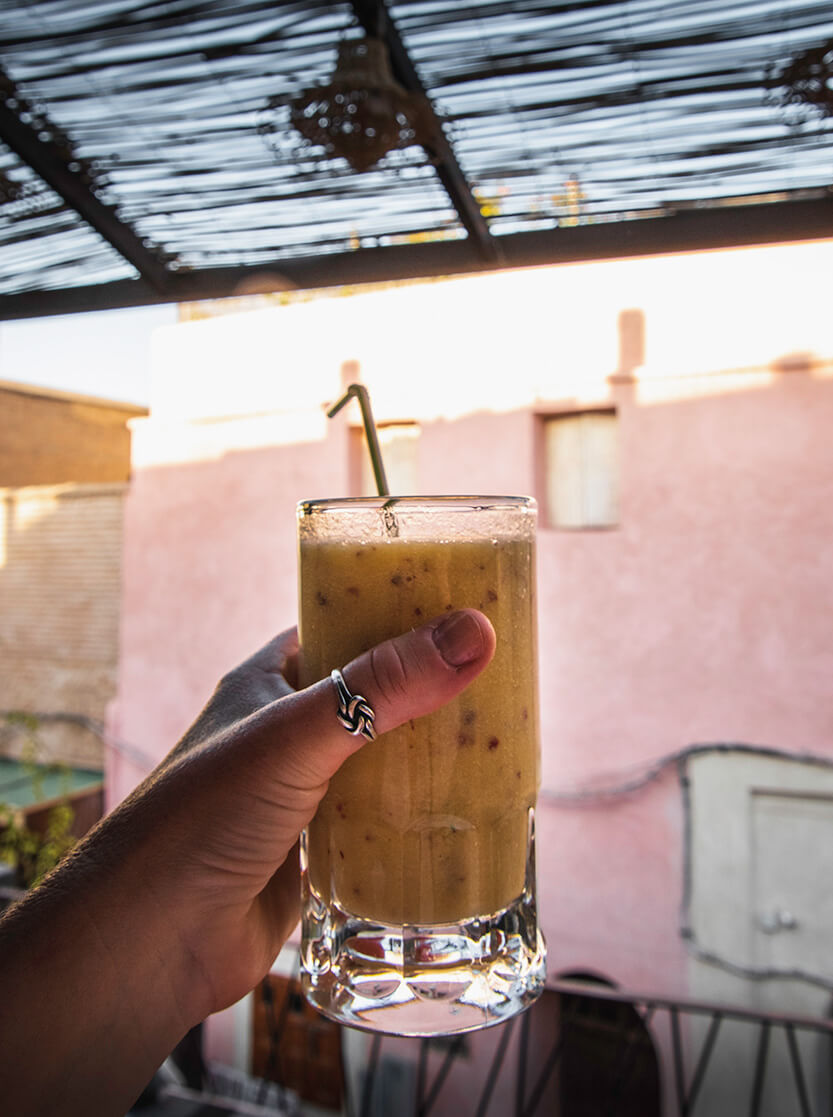
6. Jardin Majorelle
Morocco offers one free adventure after another. But there are also museums, palaces, mosques, and other attractions that are fascinating and well worth your time. One of these is the Jardin Majorelle in Marrakech.
This landscaped garden was created over 40 years by the French artist Jacques Majorelle and later purchased by fashion designers Yves Saint Laurent and Pierre Bergé in the 1980s. The garden, which also features a striking Cubist villa, is a feast for the eyes with its vibrant blue, yellow, orange, and terracotta-colored pots, fountains, and impressive cacti.
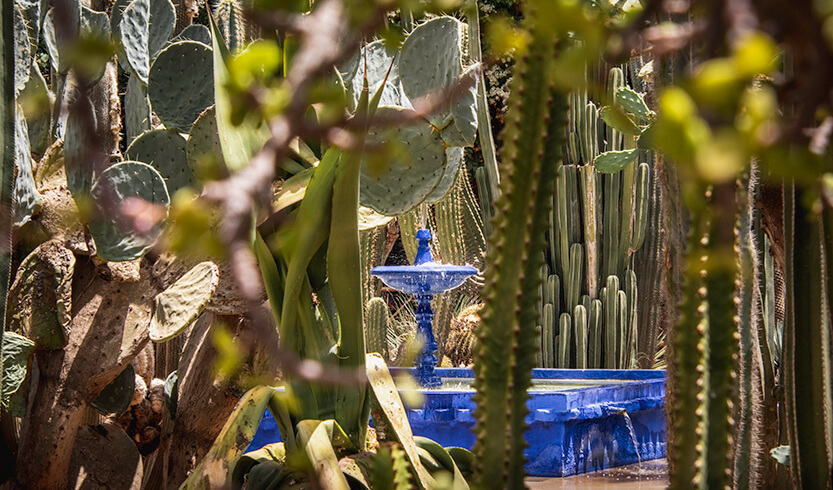
What makes the garden truly special is its element of surprise. It makes me ask “why?” and sparks curiosity within me. It is calm, shaded, sunlit, and filled with contrasts. The intense blue color, set against the bold yellows and oranges, almost bursts out from the slightly subdued greens of the cacti, creating yet another sultan’s garden – another adventure unlike anything I have ever seen on my travels around the world.
7. Le Jardin Secret
In a completely different kind of garden, still within the ancient walls of Marrakech, you’ll find a much more traditional Moroccan adventure. This is Le Jardin Secret, a 400-year-old garden that once belonged to a palace and housed several sultans and important political figures.
At the heart of Le Jardin Secret, you’ll find a spring – one of the visible remnants of a thousand-year-old water system that once used hydraulic engineering to transport water from the Atlas Mountains into Marrakech. The water was distributed to mosques, hammams, fountains, and the grandest homes. Le Jardin Secret was one of these privileged residences and had its own water supply as early as the 11th century.
The garden, which has been beautifully restored, is serene, harmonious, and a true oasis in the midst of the bustling medina.
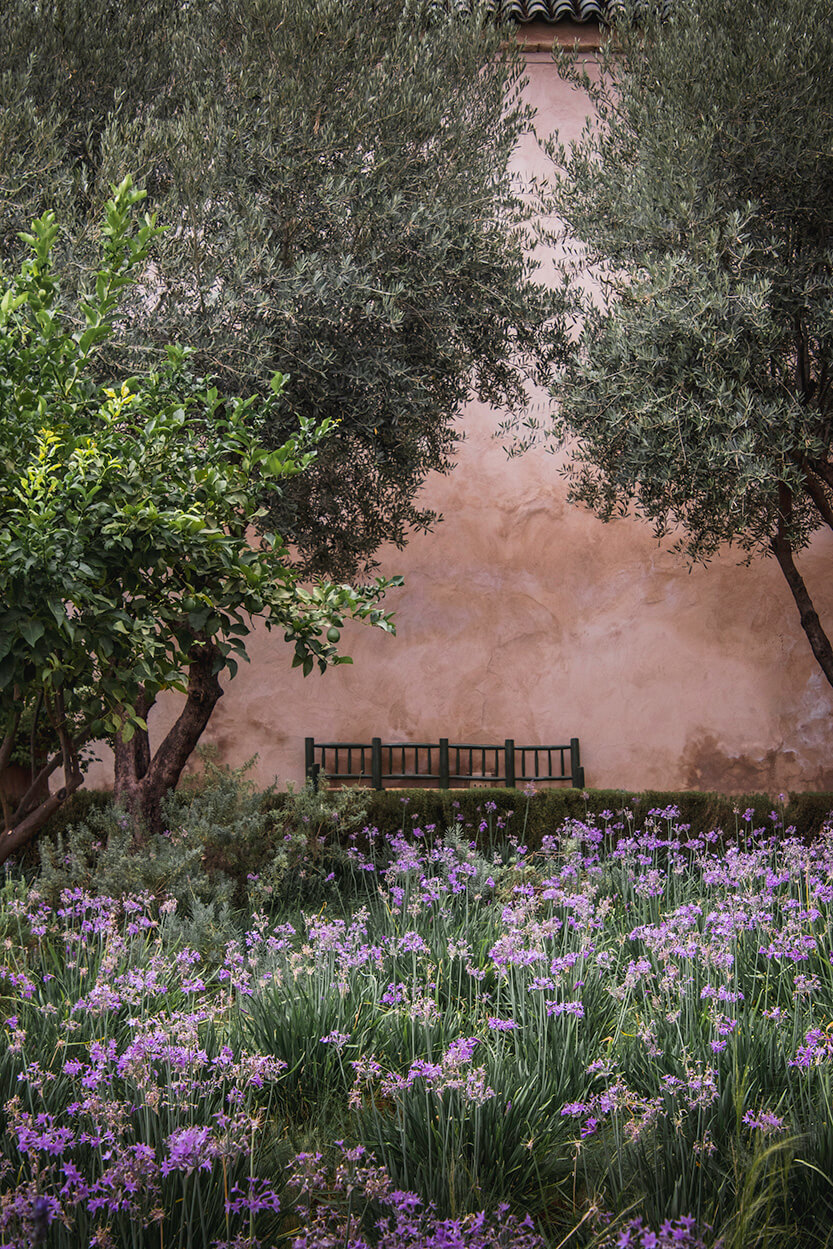
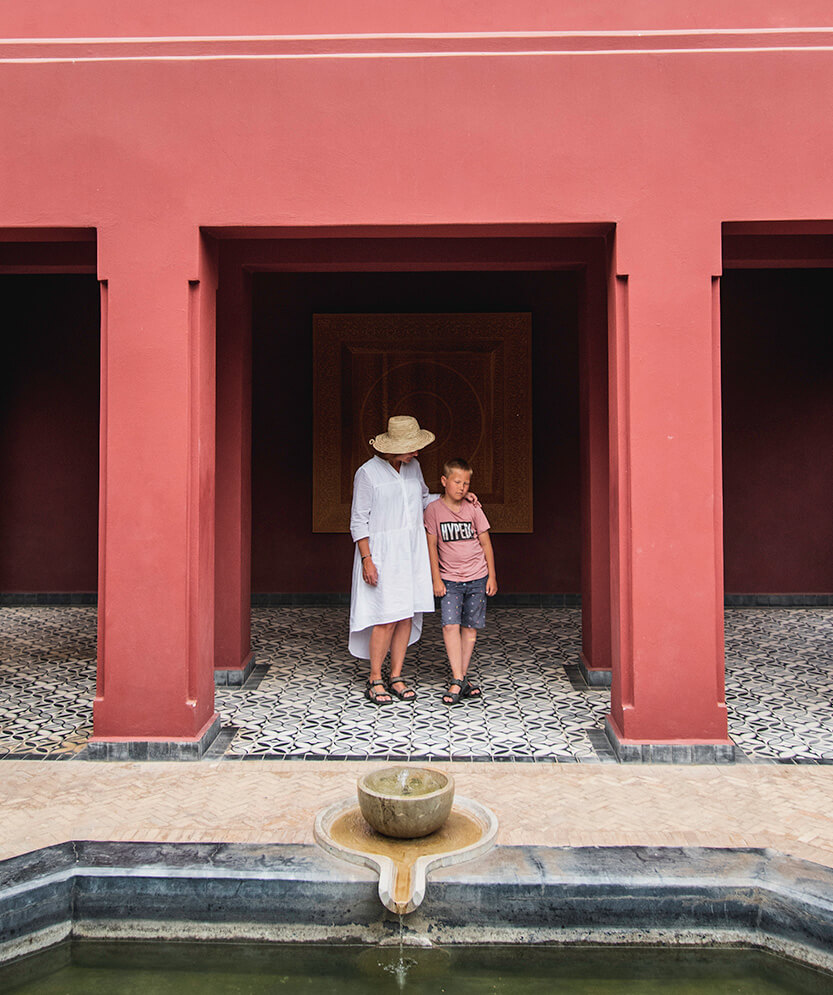
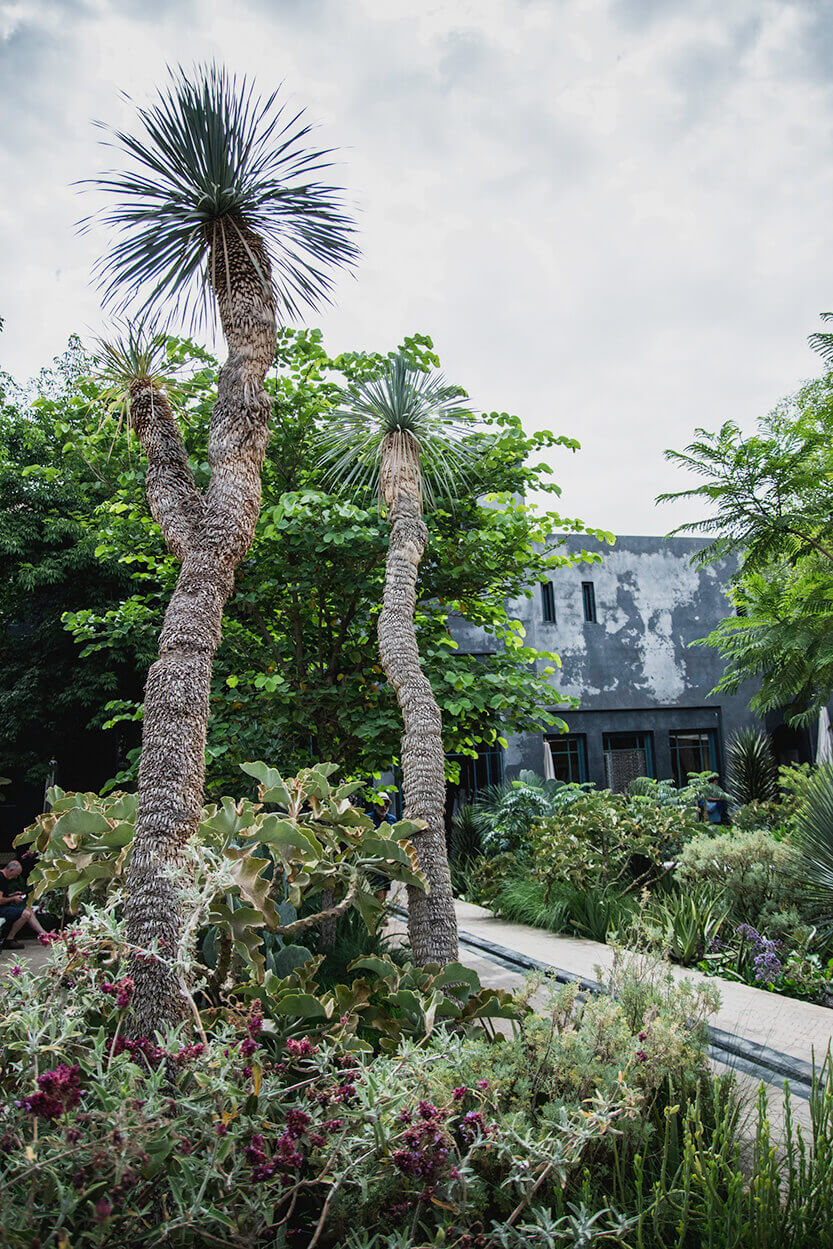
8. Experience the fishing town of Essaouira
Essaouira – the city of wind and fishermen. The city of seagulls and stray cats. The white city. The windy city.
It goes by many names, but these were mine.
Arriving in Essaouira after three days in Marrakech felt like taking a holiday within our holiday. The air was fresh and mild (sometimes even chilly), and I often had to hold onto both my hat and skirt as we wandered through the streets. While the buildings in Marrakech were terracotta red, those in Essaouira were bright white, standing in stark contrast to the deep blue of the Atlantic.
The city smells of the sea and fish – both fresh and not-so-fresh – and life moves at a much slower pace here. Unlike in Marrakech, there weren’t as many people constantly trying to sell us something.
Once again, we stayed in a riad in the heart of the medina, and we can’t recommend it enough. This is where the real magic of Morocco happens. Essaouira’s medina and architecture are also recognized on UNESCO’s World Heritage List, making it yet another treasure to explore.
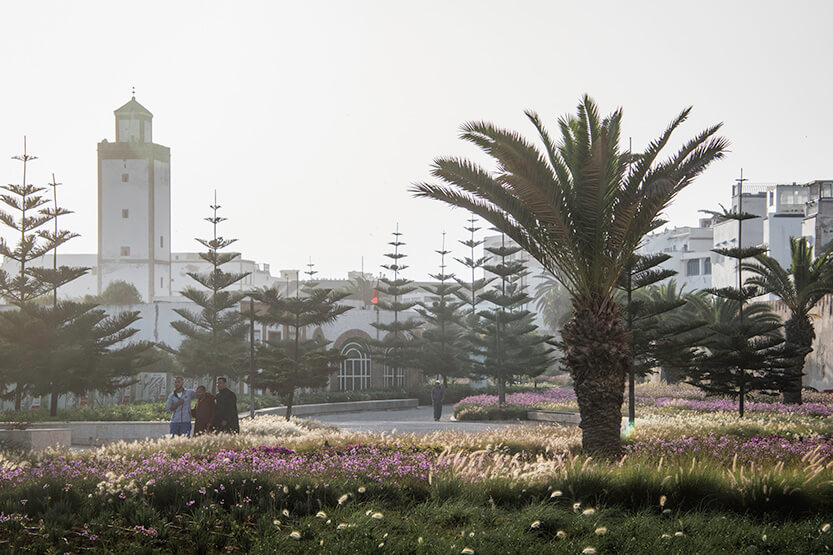
Essaouira sits right on Morocco’s Atlantic coast, perched on a headland. While the Atlantic winds crash against one side of the city, they create a strong offshore breeze on the other. If you follow the beach southward, the wind shifts again, returning as a powerful onshore wind. This steady onshore wind along the coastline makes Essaouira a hotspot for kitesurfers from all over.
At the tip of the headland, where the city begins, you’ll find the harbor – a lively hub where local fishermen dock their boats. Every morning, they return from the sea with their fresh catch, cleaning and selling the fish directly at the harbor. Visiting this bustling fishing port became one of my most memorable experiences during our trip to Morocco.
9. Walk along the harbor and explore Essaouira Citadel
Just before stepping into the fishermen’s harbor, you pass through the walls of the old fortress, complete with cannons and all the remnants of its defensive past.
What captivated me the most in this area were the stunningly beautiful fishing boats and the thousands of seagulls gliding at eye level, patiently waiting for a tasty fish morsel from one of the fishermen.
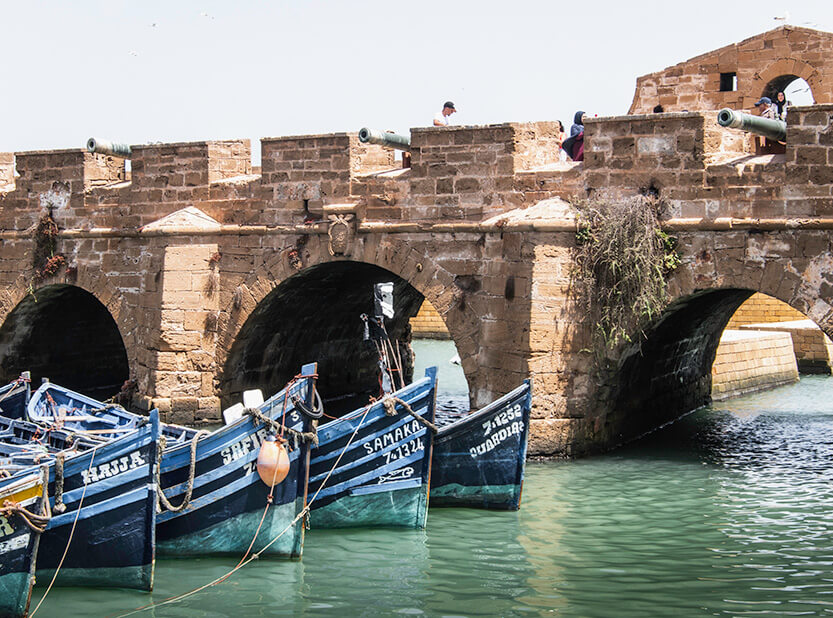
10. Experience the fishermen and take a walk around the harbor, Essaouira
The fishermen practically live here. They clean their fish, sell them, chat, and socialize. They maintain their boats and mend their nets. The air is thick with the overwhelming scent of rotting fish, yet the freshly caught fish, neatly lined up for sale, are as fresh and fragrant as the ocean itself.
The harbor has a charming pier that you can walk along. Here, you’ll find small, picturesque fishing huts, often perched with seagulls, stretching far out towards the breakwater. In some areas, there are so many fish scales scattered around that they form a soft, shimmering carpet beneath your feet.
Your sandals might need a good scrub after a walk through the harbor, but don’t let that stop you – the experience is absolutely worth it!
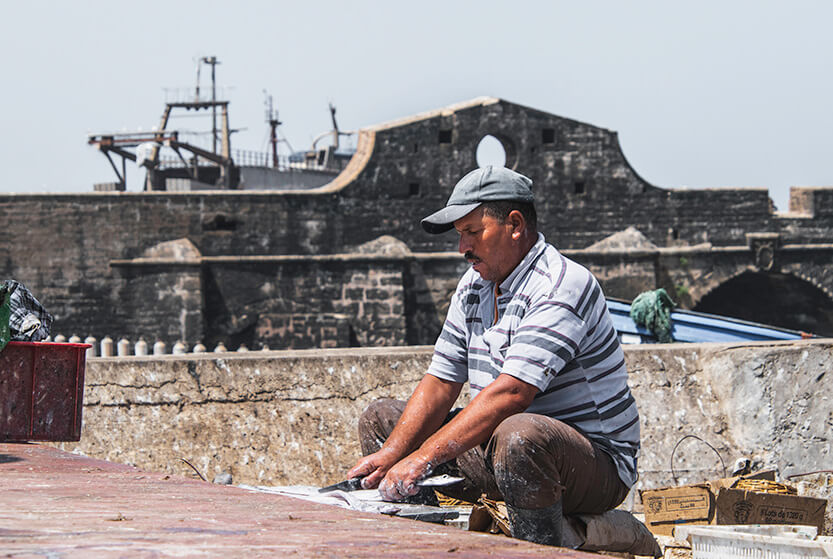
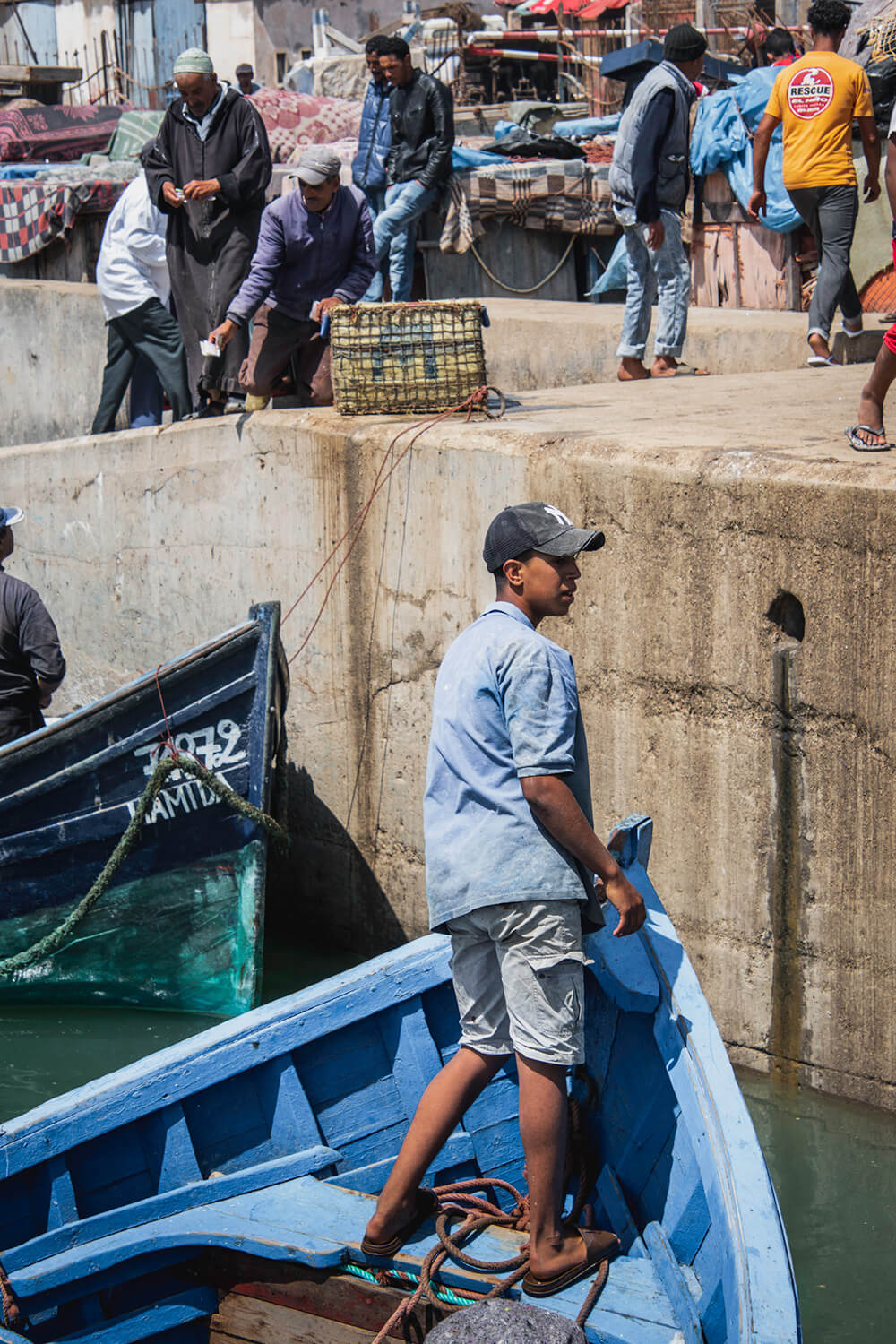
11. Stroll along Borj El Barmil and see the cannons
Essaouira is a fortified city, and on its northern side, you can walk along the city walls next to the old cannons while taking in the rugged coastline below. The wind here was incredibly strong, but holding the hand of a 10-year-old boy while exploring the fortress and cannons made the experience even more special.
It’s also a completely different way to see Essaouira – this perspective, with its dramatic cliffs and crashing waves, offers a striking contrast to the calm, whitewashed streets of the medina.
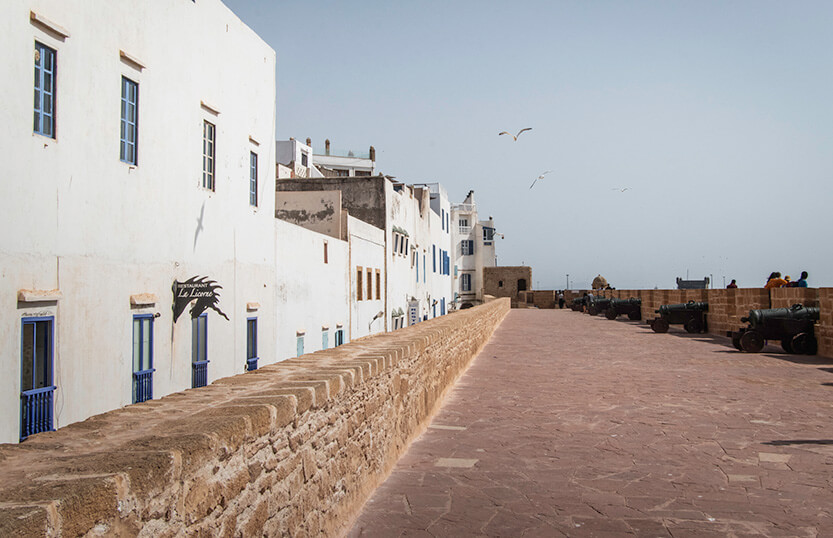
12. Camels on the beach, Plage Tagharte, Essaouira
No trip to Morocco is complete without camels. Surprisingly, we didn’t see many during our journey, but here – at the southern end of the beach in Essaouira – we finally did.
The camels, along with their owners, gather here, offering short rides for a small fee. The wind was incredibly strong the day we visited, making it difficult to stay on the beach for long. But we managed to take a short walk and capture a few photos of the beautiful camels and horses that lingered along the shore.
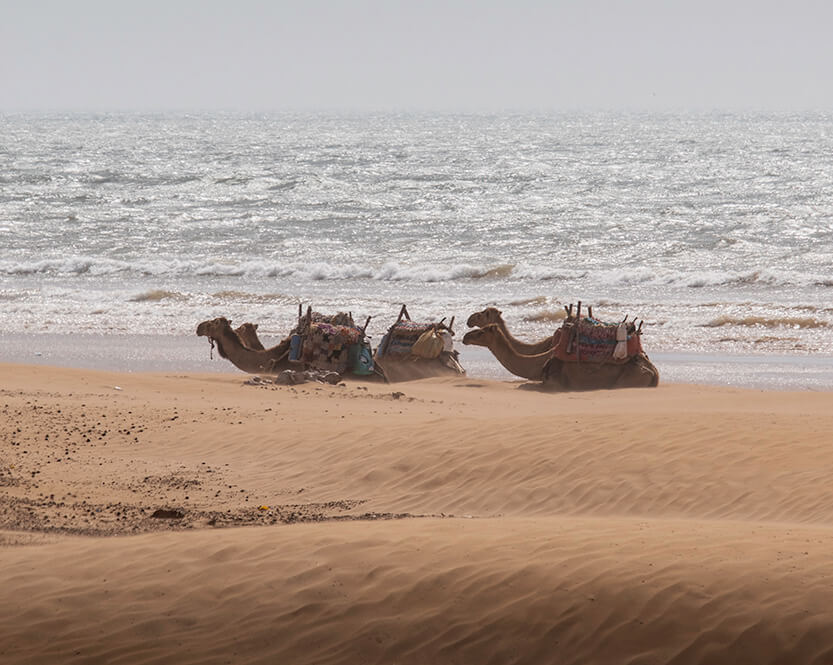
13. Buy Freshly Baked Bread on the Street
One of the joys of traveling with our 10-year-old Sebastian was our mornings in Essaouira. Every morning, he and I would head out into the city to buy bread from an old man on the street.
He stood there daily with his little cart near the local market, selling his freshly baked bread. It became the highlight of our day to see his face light up at the sight of Sebastian, to make the purchase, and, most of all, to return to our riad and enjoy the delicious bread on the balcony.
The bread was still warm, full of flavor, and stayed soft for most of the day without drying out. Even without any toppings, it was absolutely delicious.
Here we are, sitting with our bread, waiting for the bus to take us back to Marrakech.
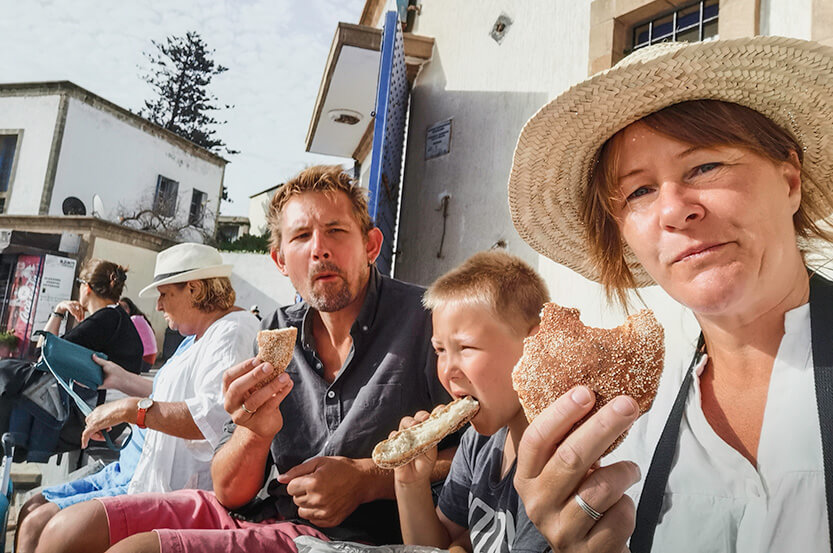
14. Experience the exotic Jemaa el-Fna Square
There’s a lot to be said about Jemaa el-Fna Square in Marrakech. It’s hot, chaotic, noisy, and at times (especially in the evening), completely overwhelming. But no matter what you think of this place, one thing is certain – it’s an experience worth having.
Our first encounter with the square was a bit overwhelming. After arriving in Marrakech and settling into our riad, we ventured out into the night to explore the city. During the day, the square is relatively calm (and incredibly hot), but in the evening, it comes alive. It fills with people, vendors, traders, performers, snake charmers, dancers, and musicians. The sensory overload was a lot for Sebastian at first, but after walking through it a few times, he began to relax and take it all in.
It’s at sunset that the square truly reveals its most exotic side, so if you’re visiting, make sure to experience it at this magical hour.
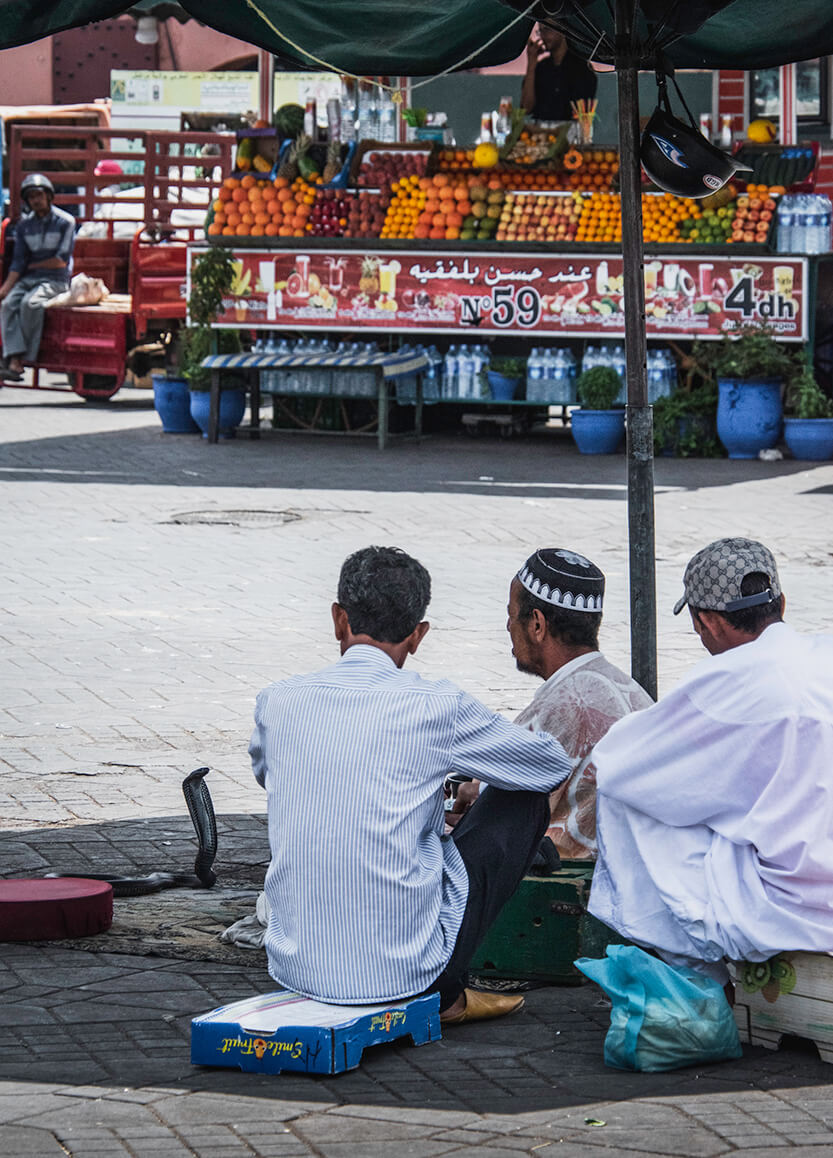
Morocco became the most wonderful adventure for us. Beautiful, exotic, African, and simply… Morocco. Just as we had dreamed, we experienced it – and now, it’s a part of our backpack full of amazing, warm memories.
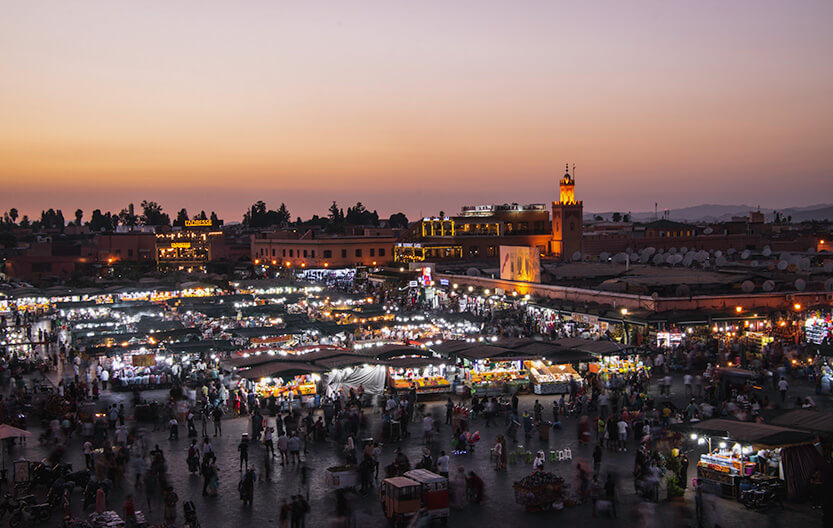
Tips to go:
- Always carry cash
- Always agree on the taxi fare before getting in
- Moroccans generally don’t like being photographed – always ask before taking pictures
- Pools in riads are often very small – check photos from multiple sources to ensure the size you (or your child) prefer

